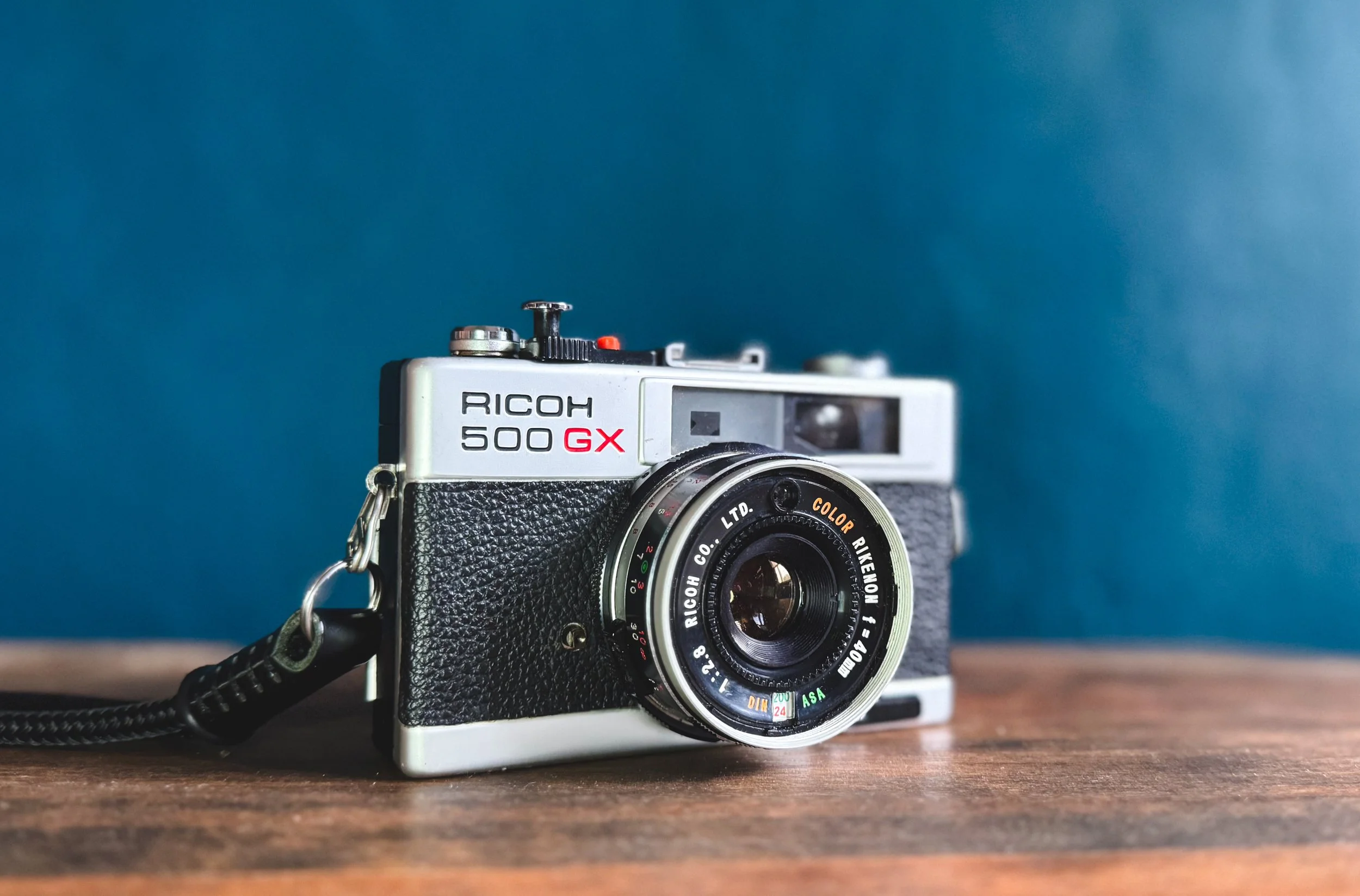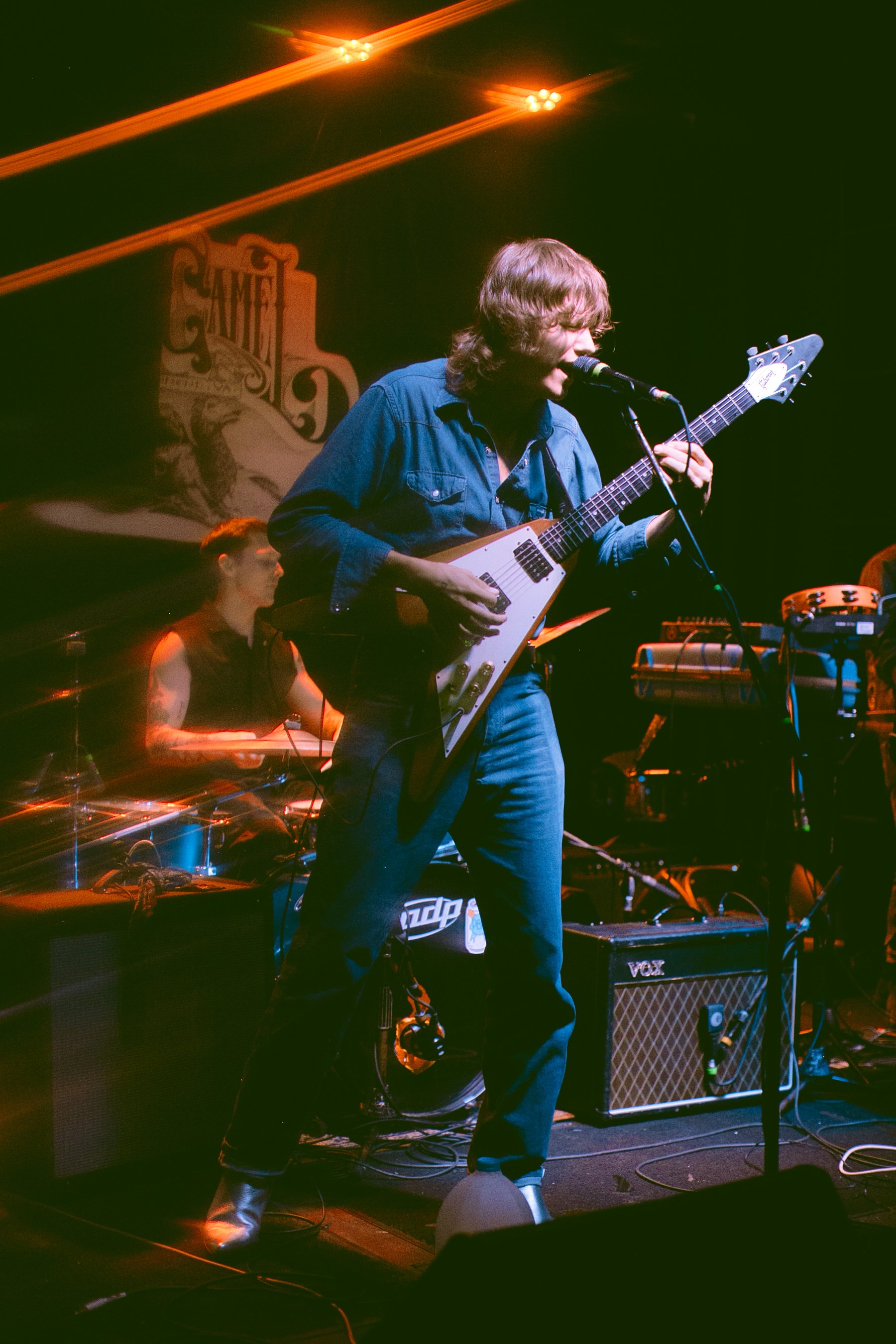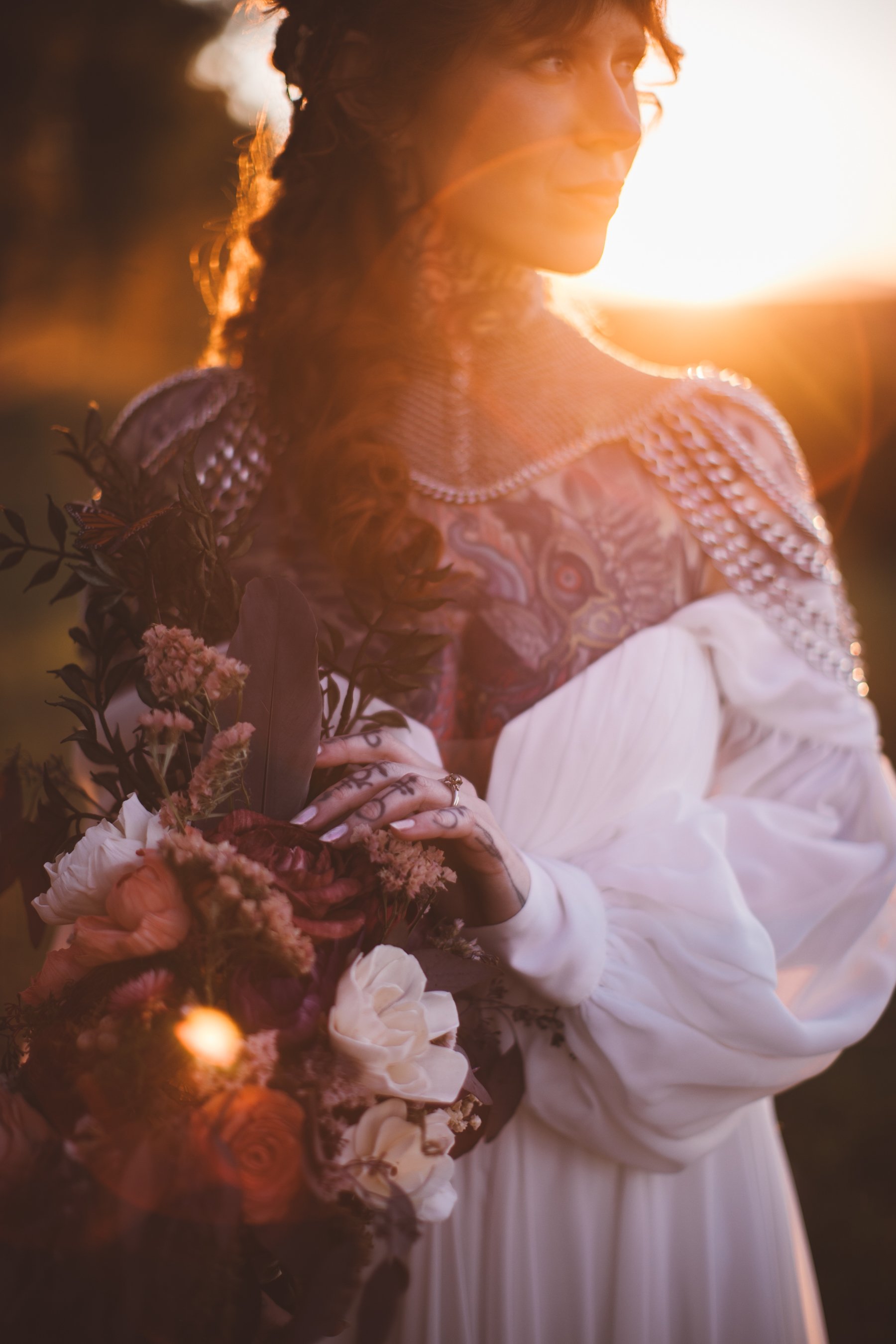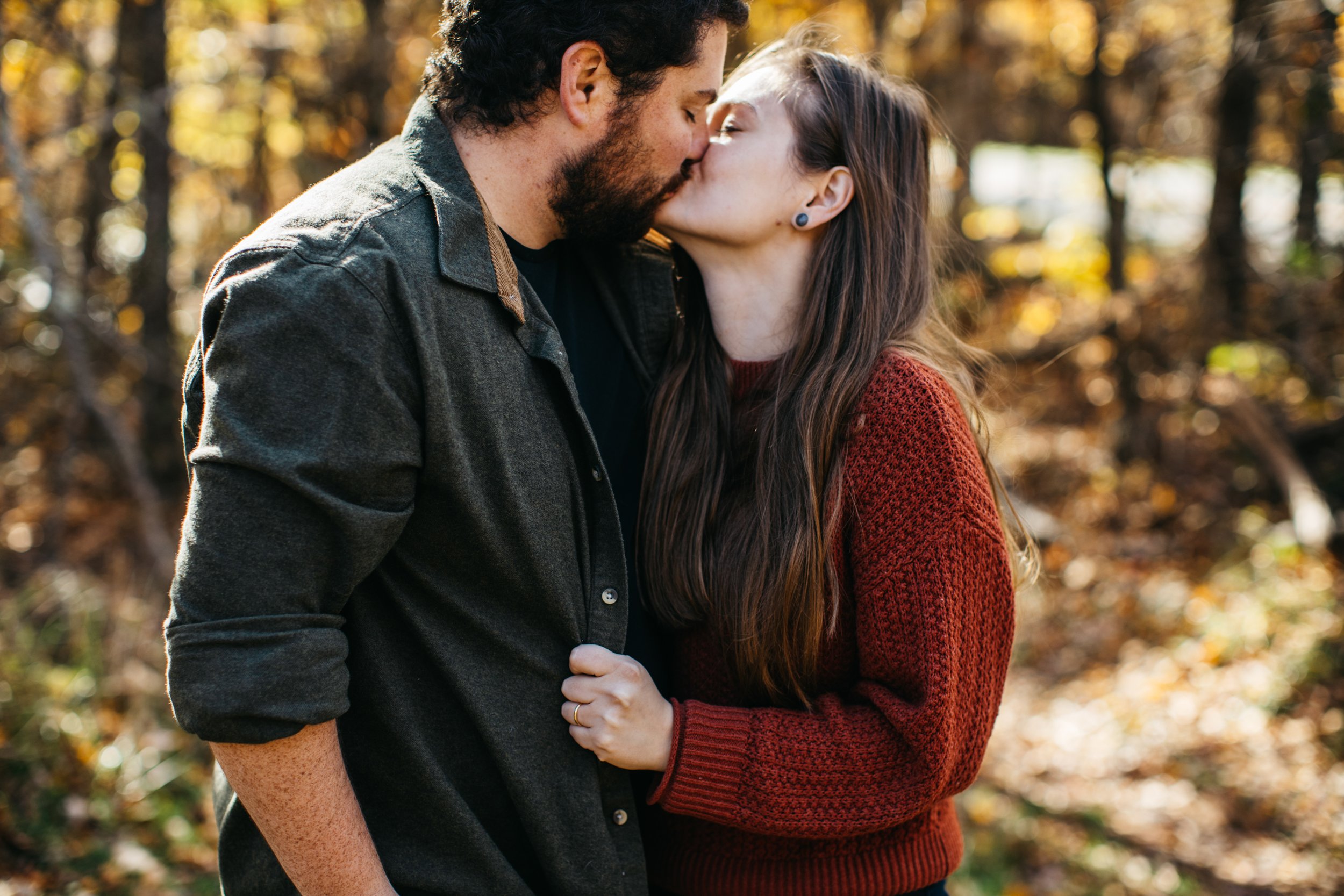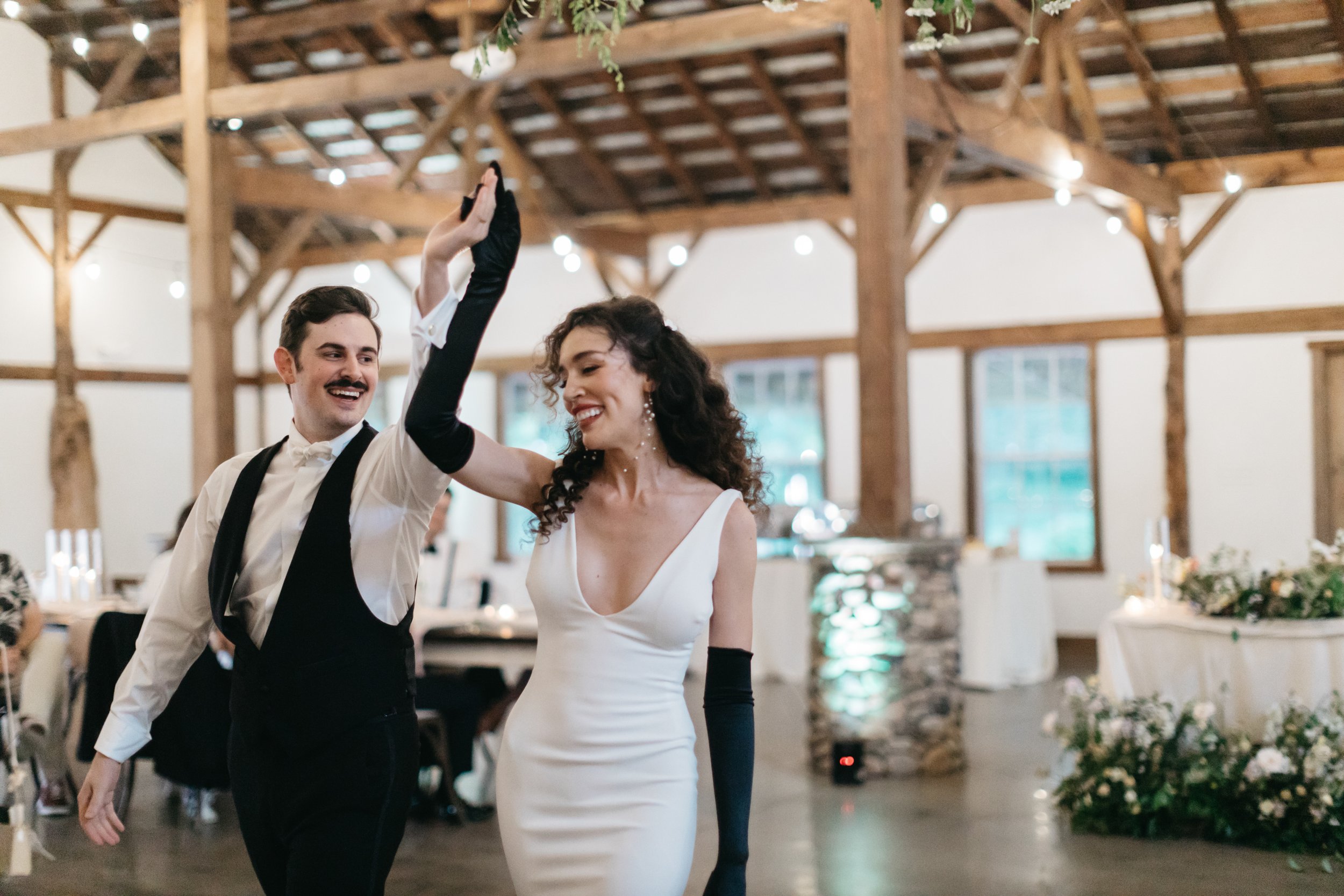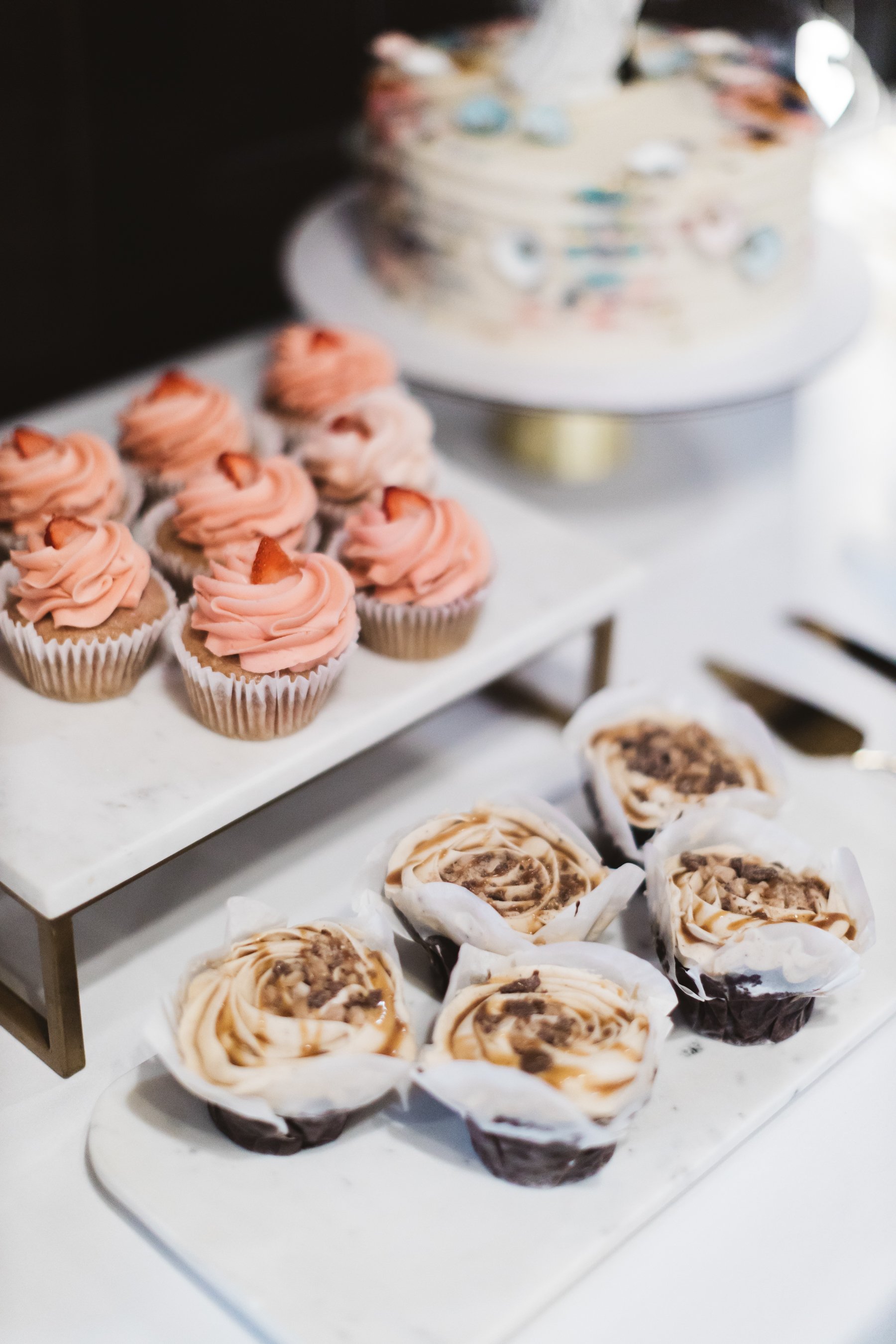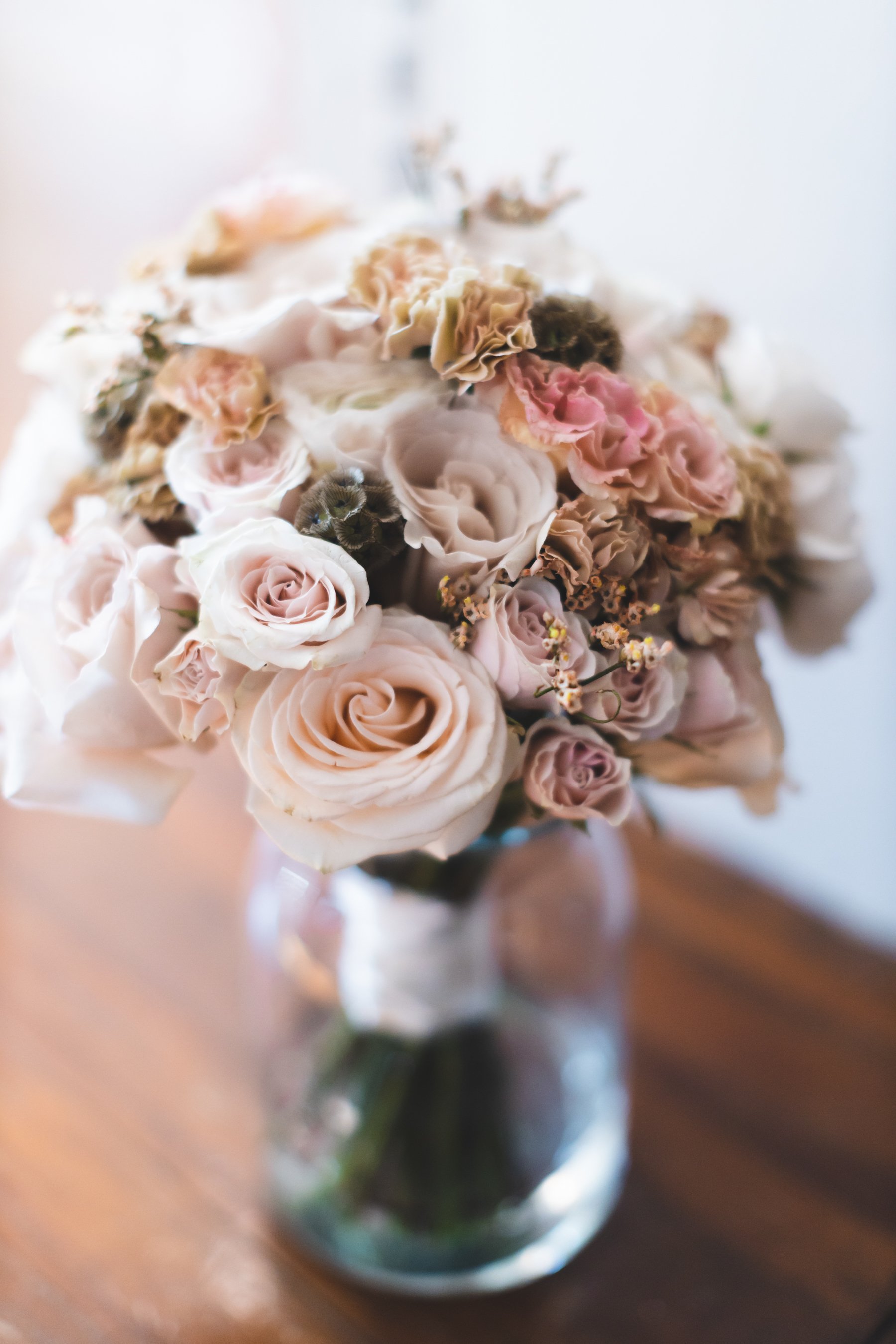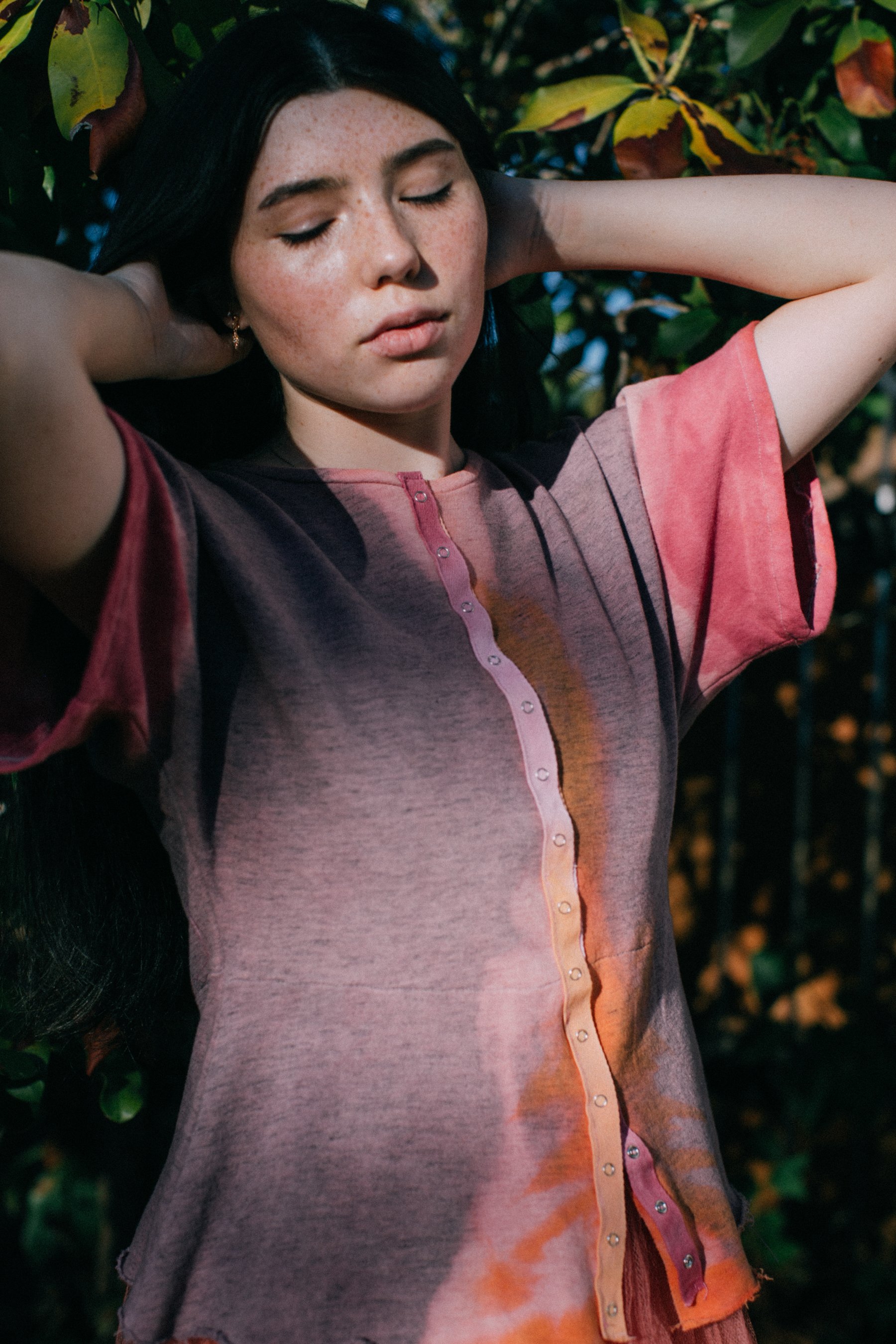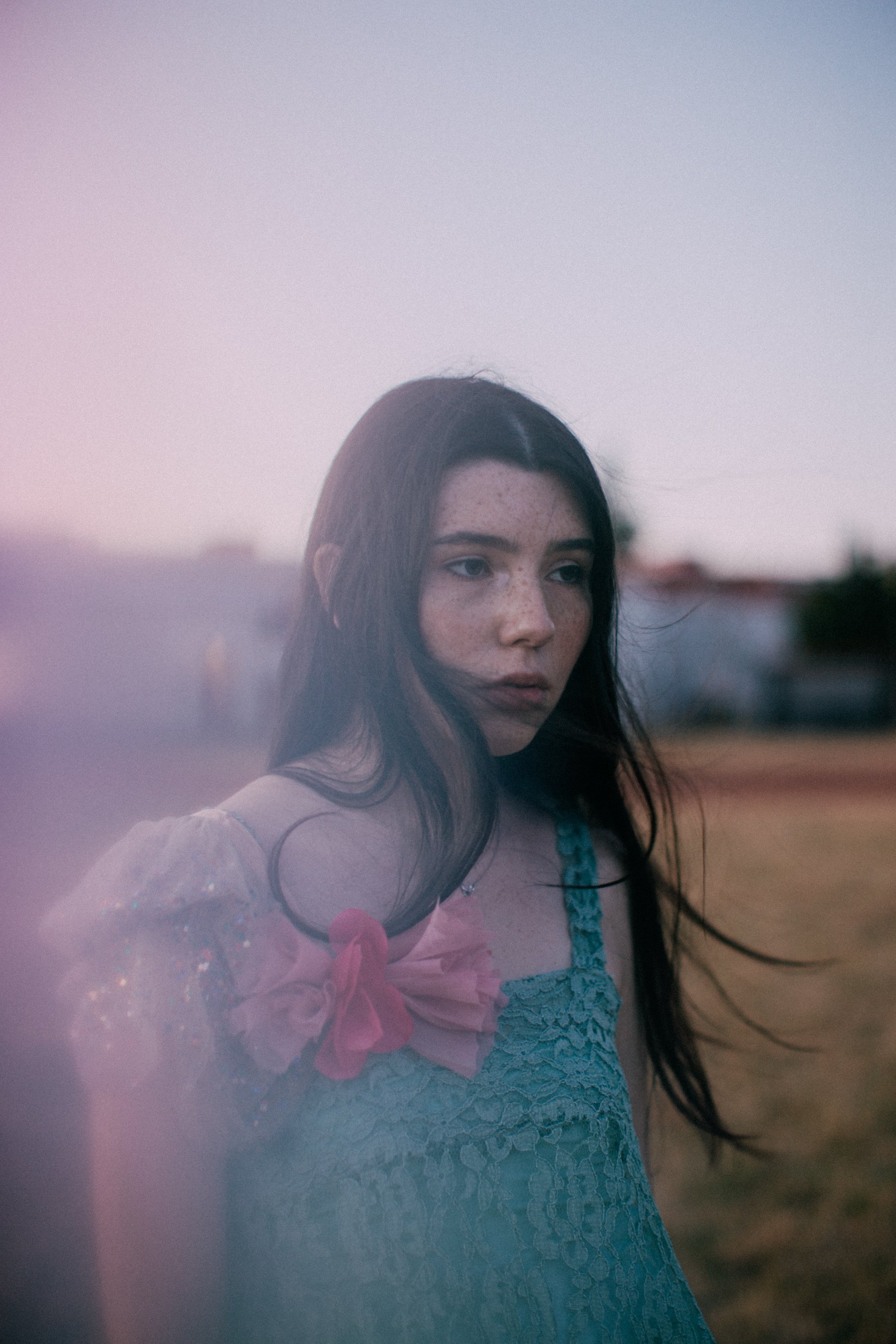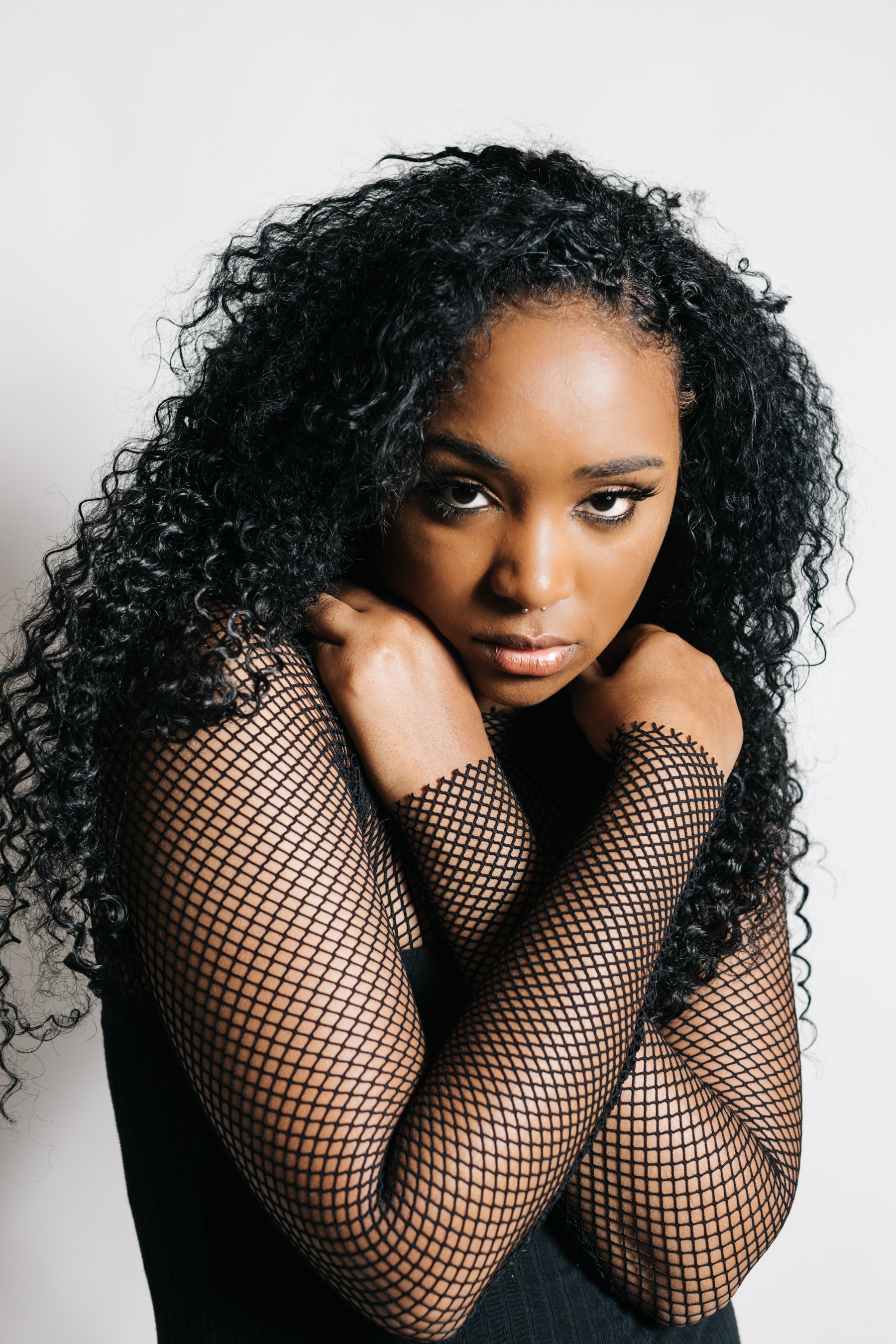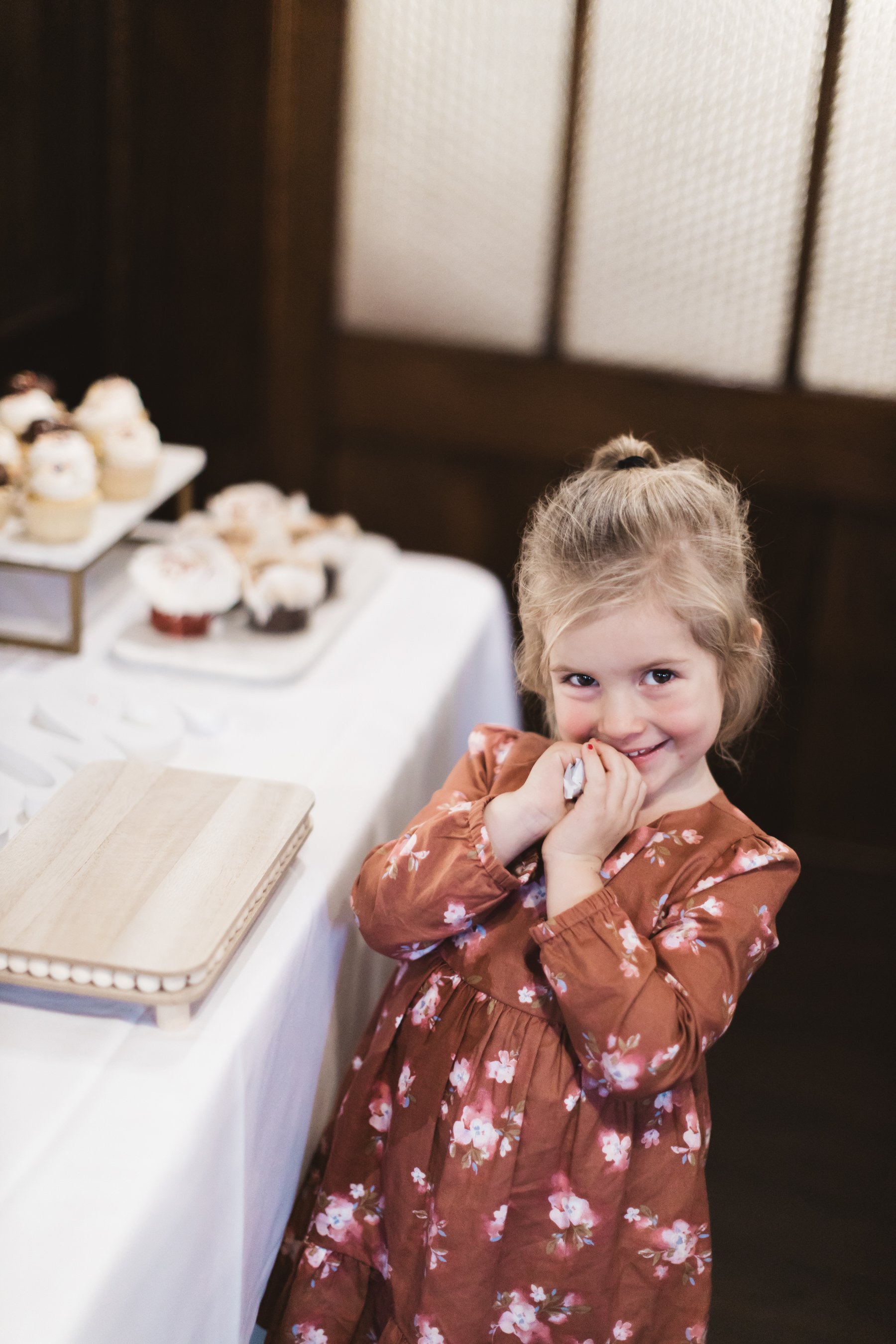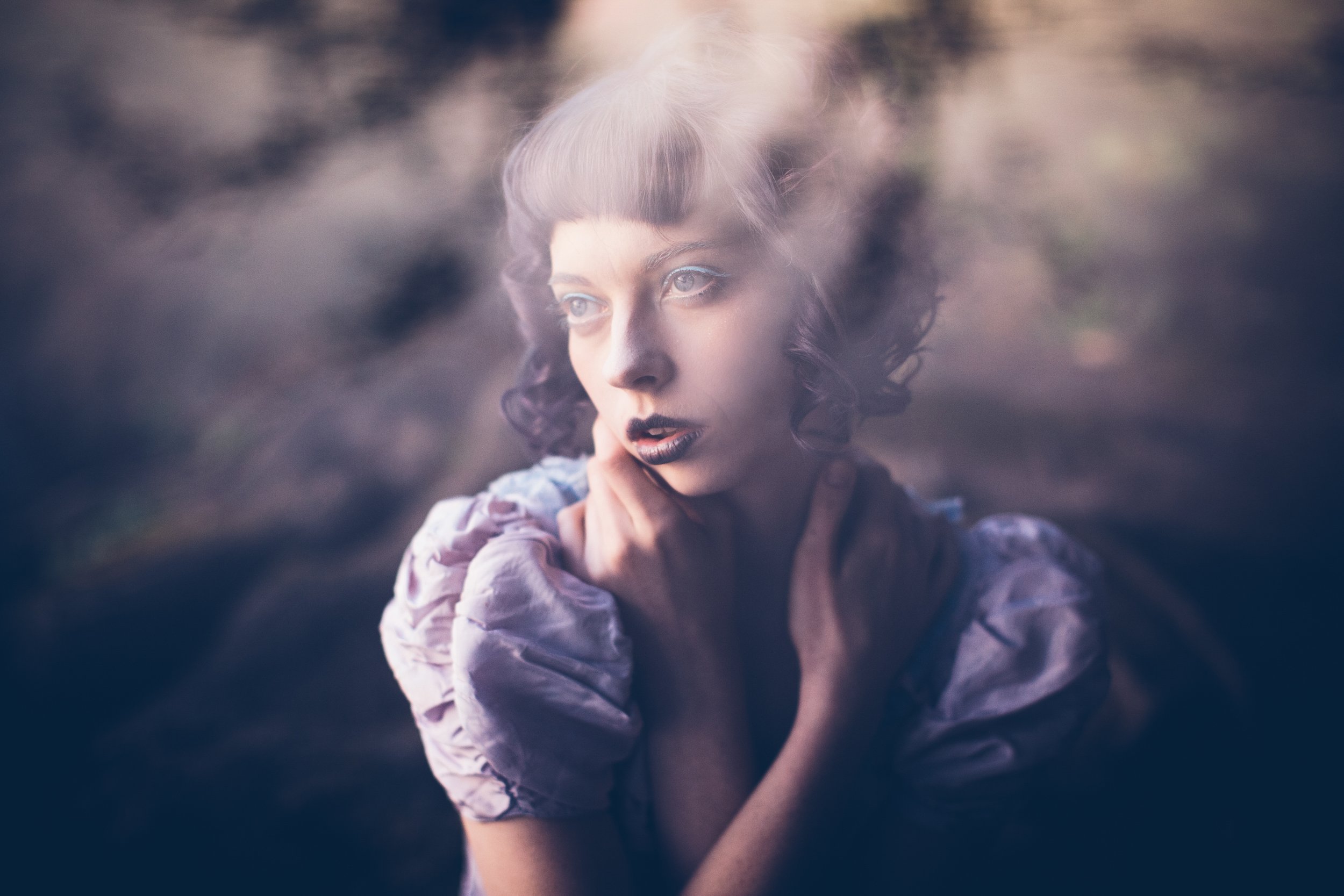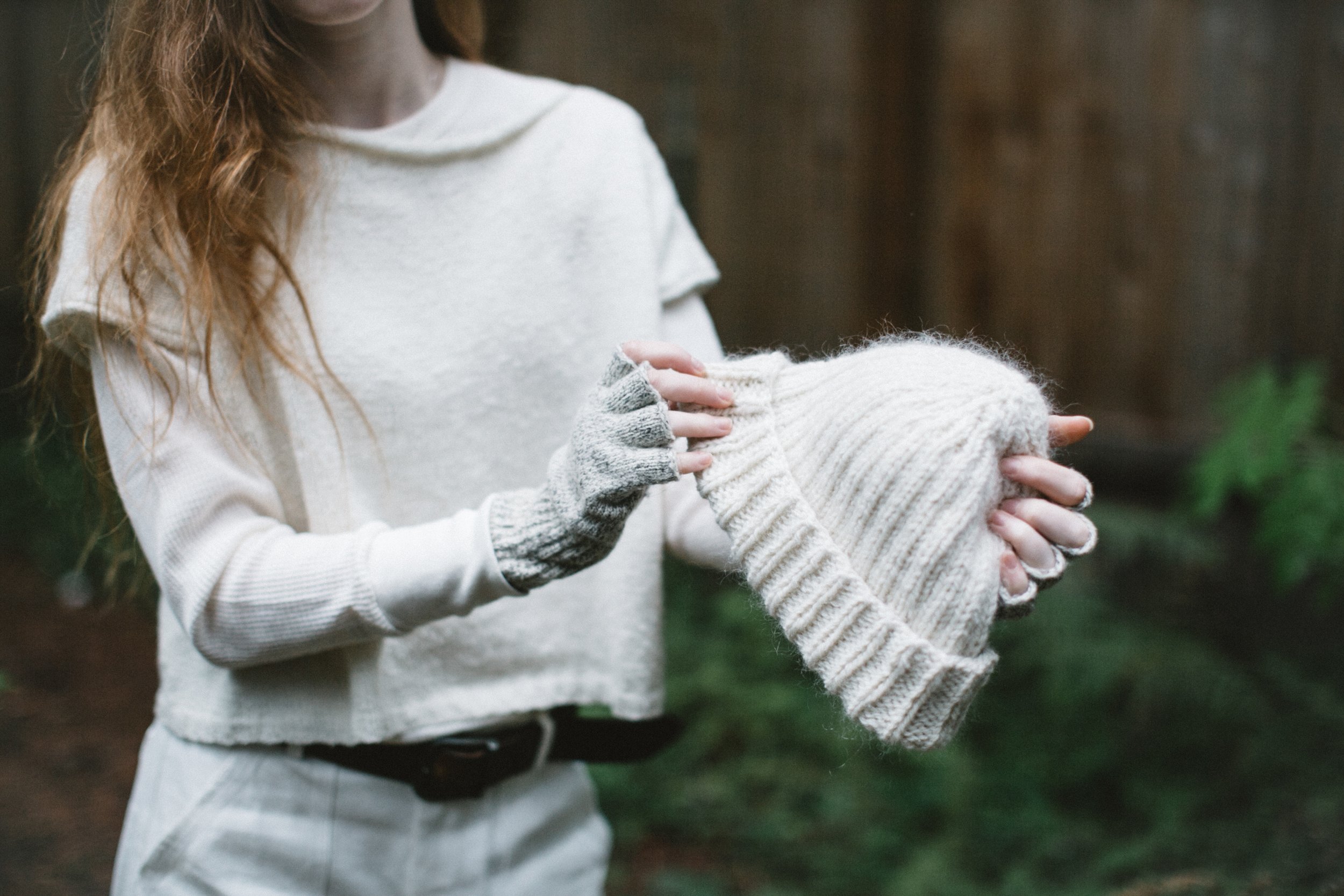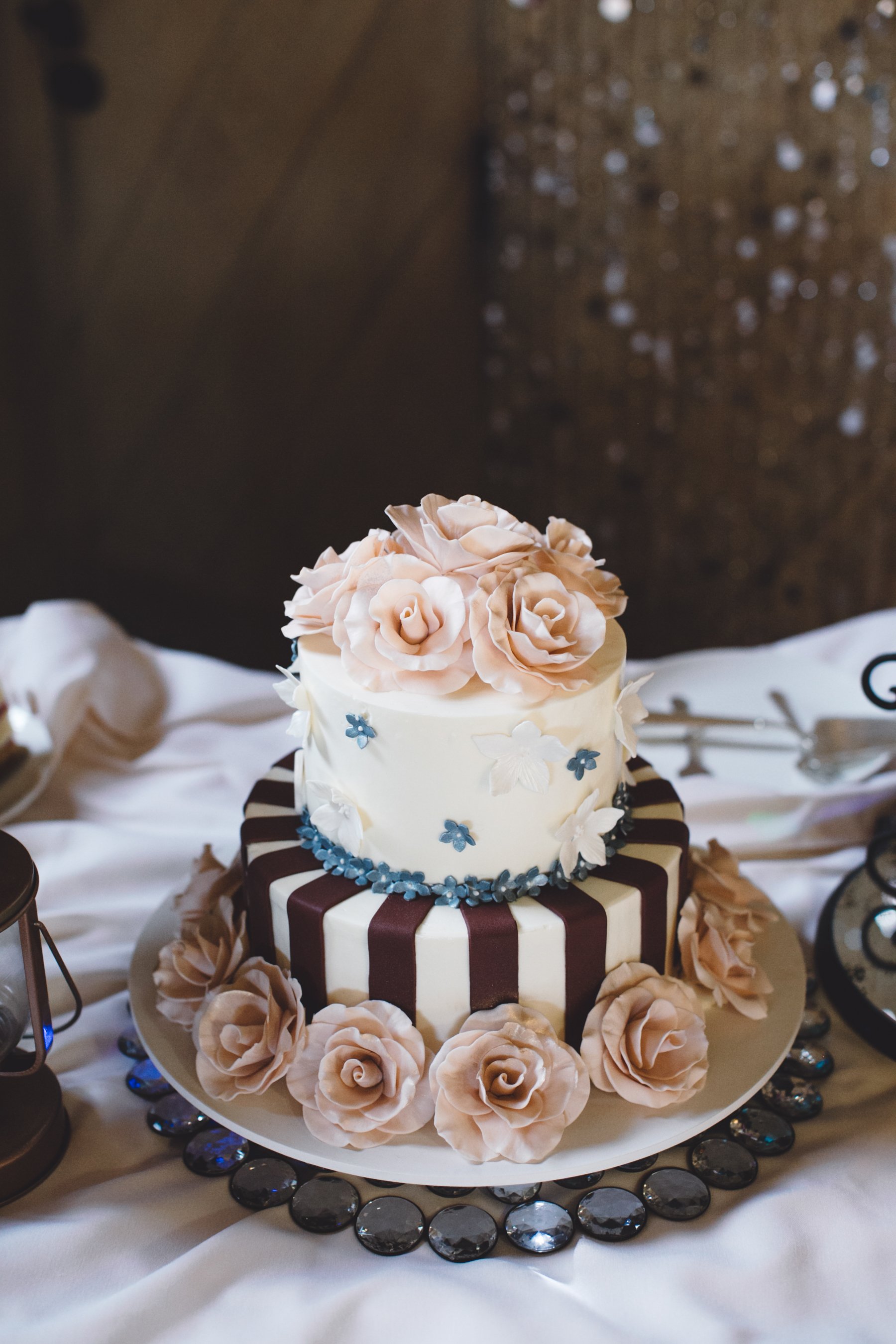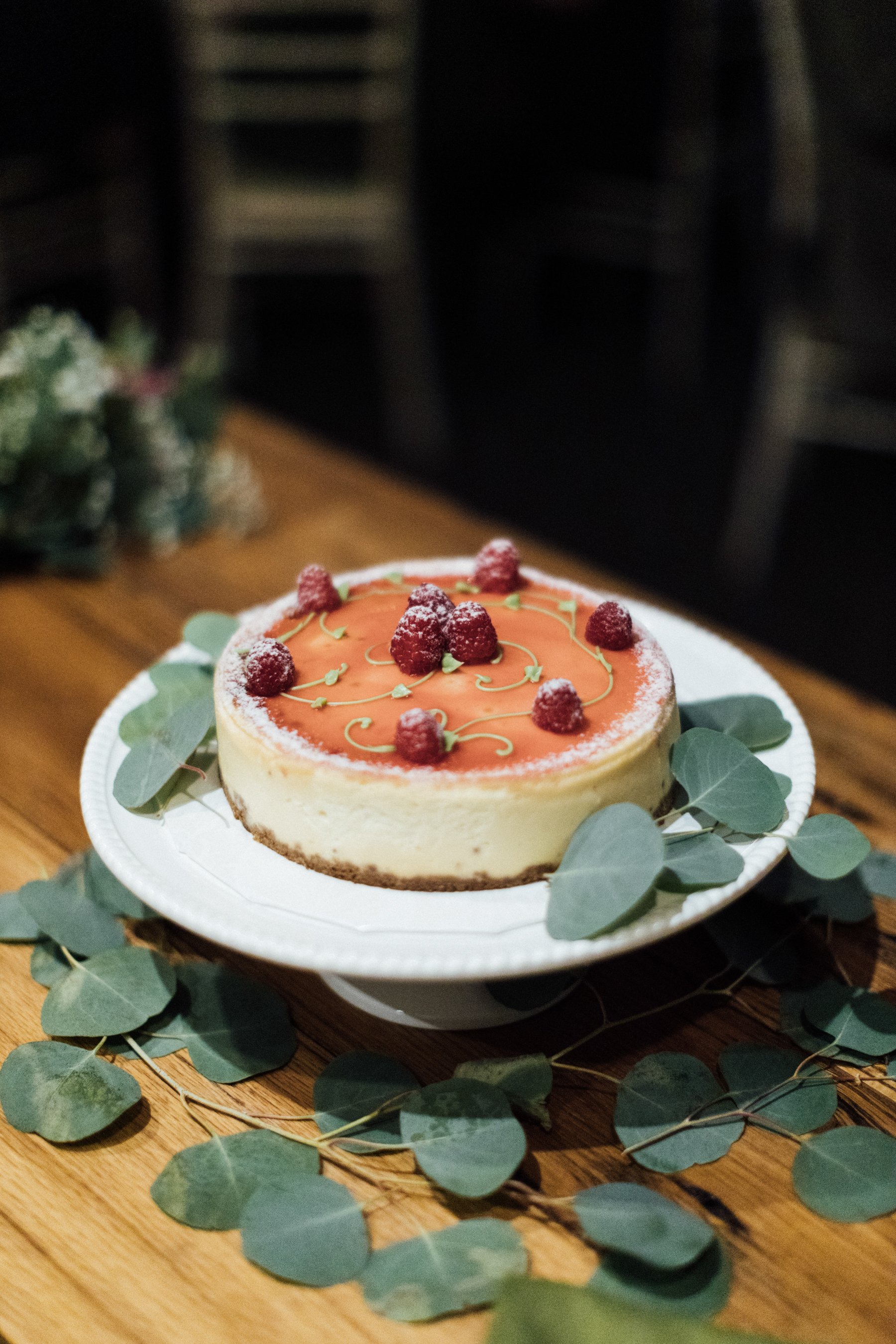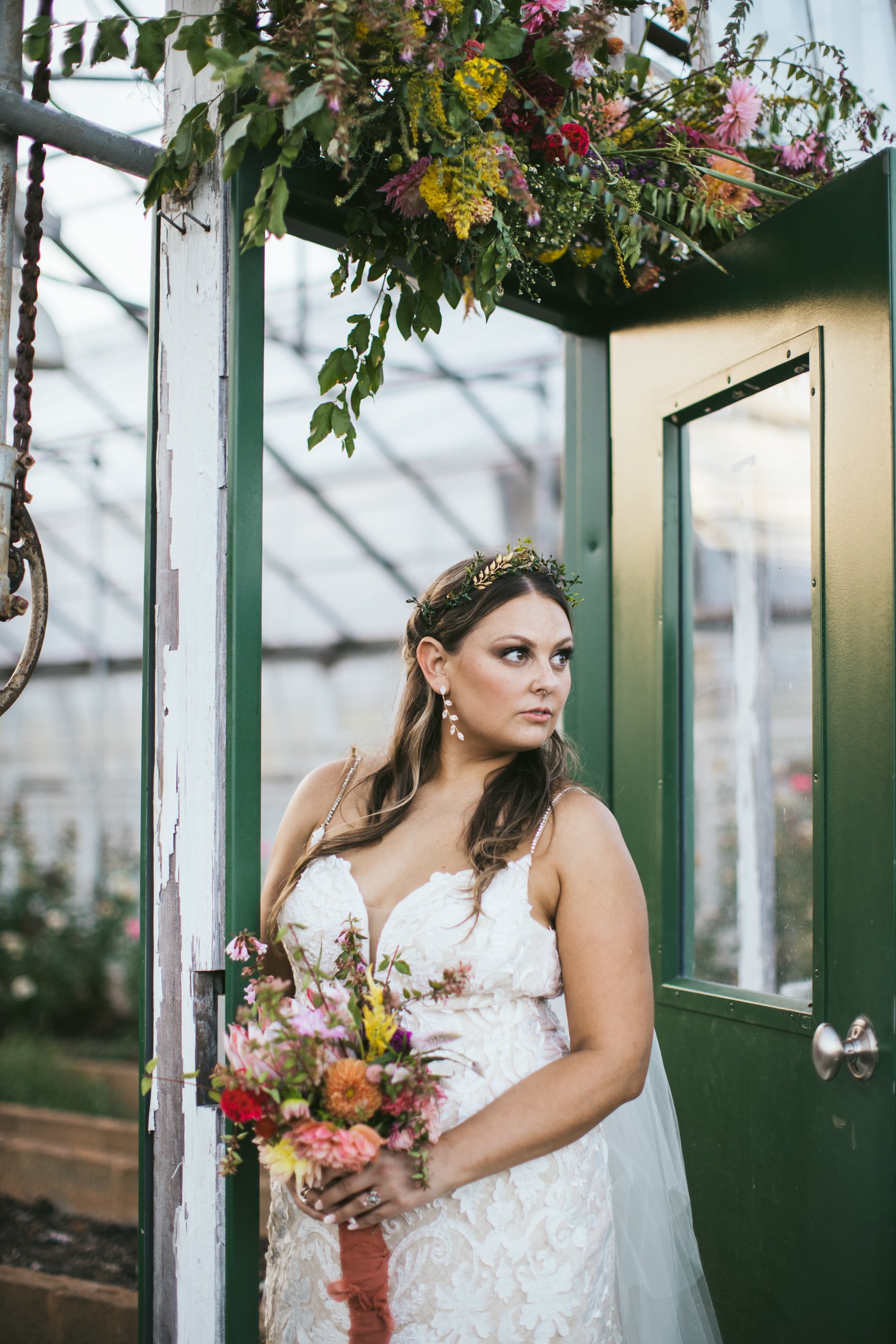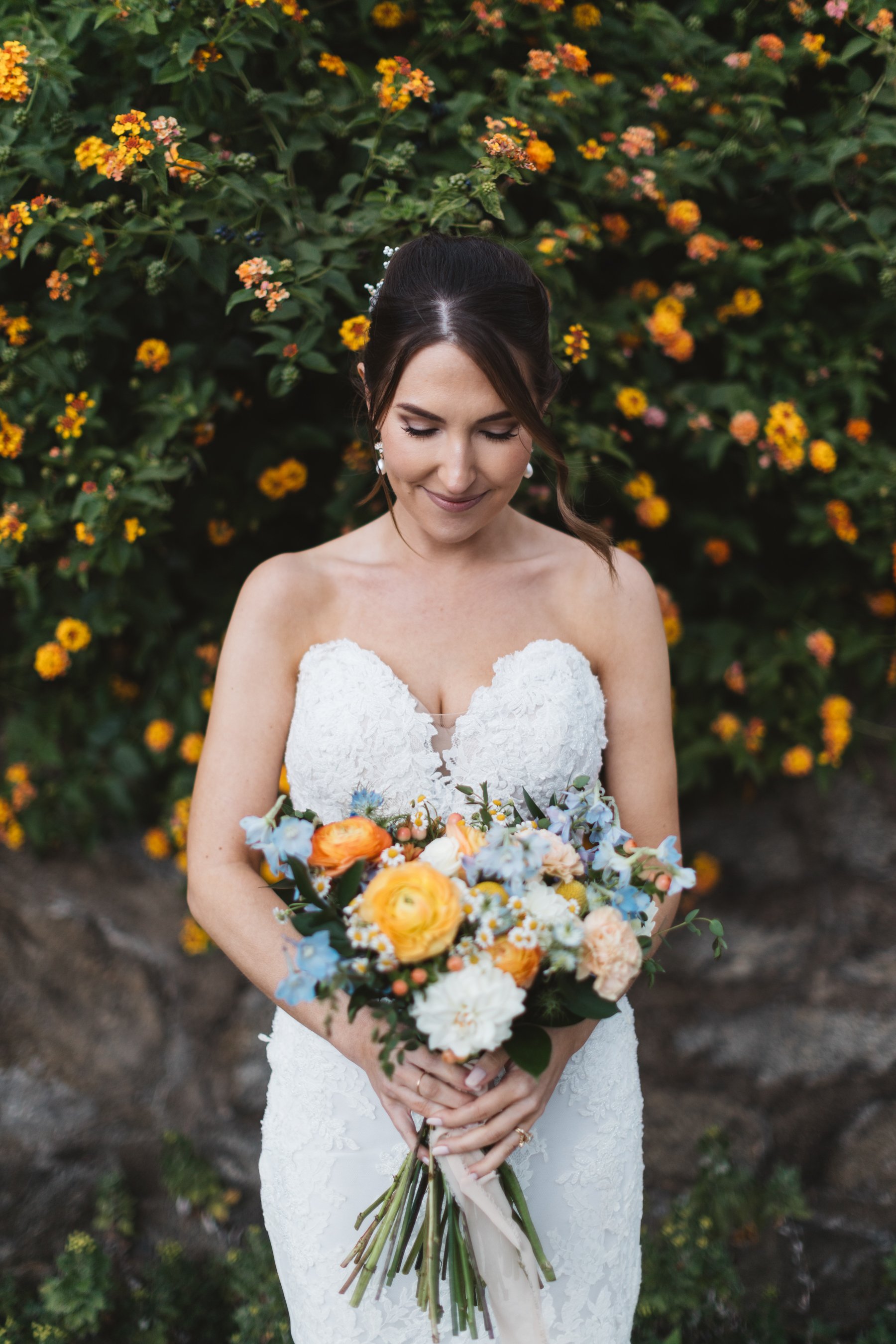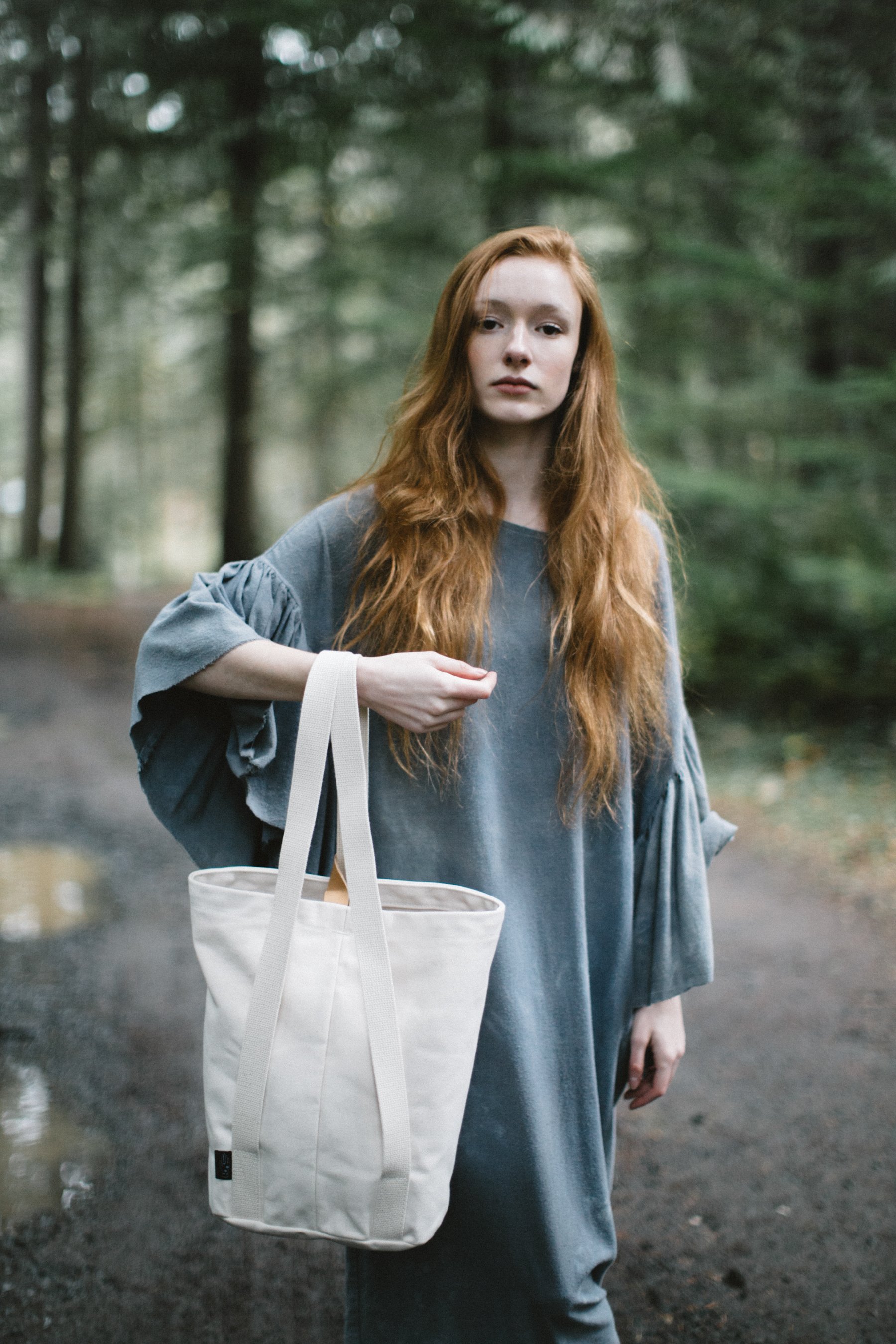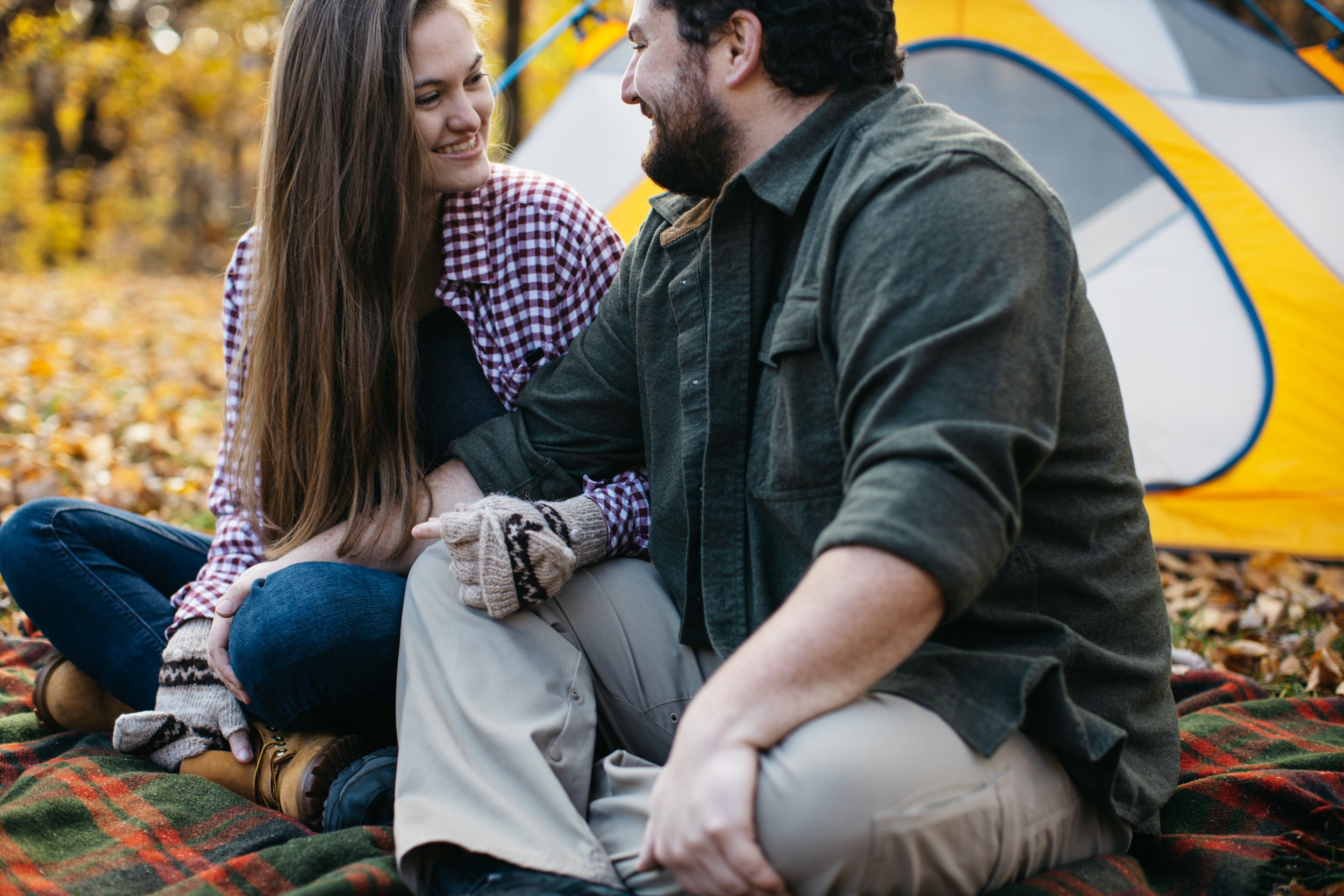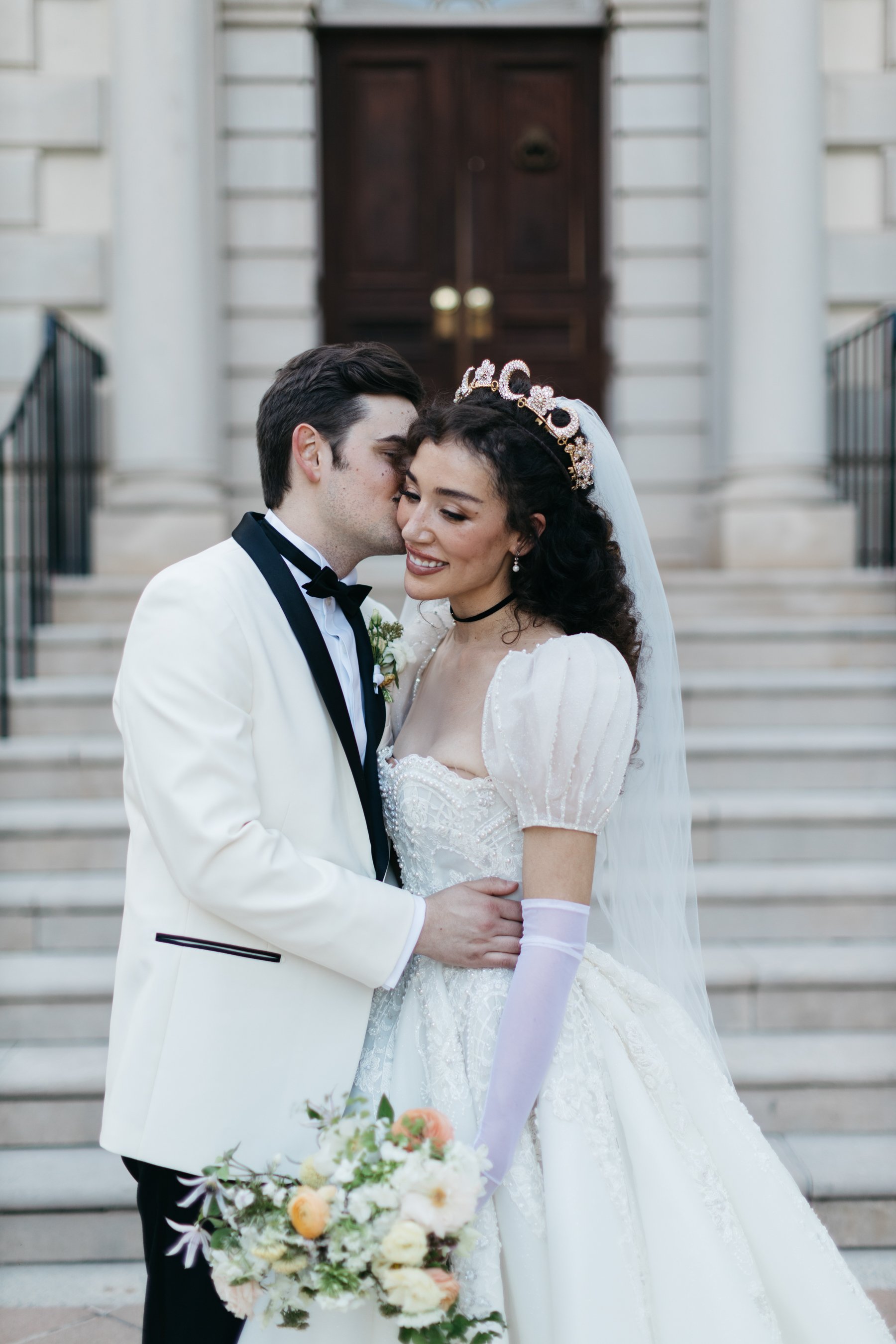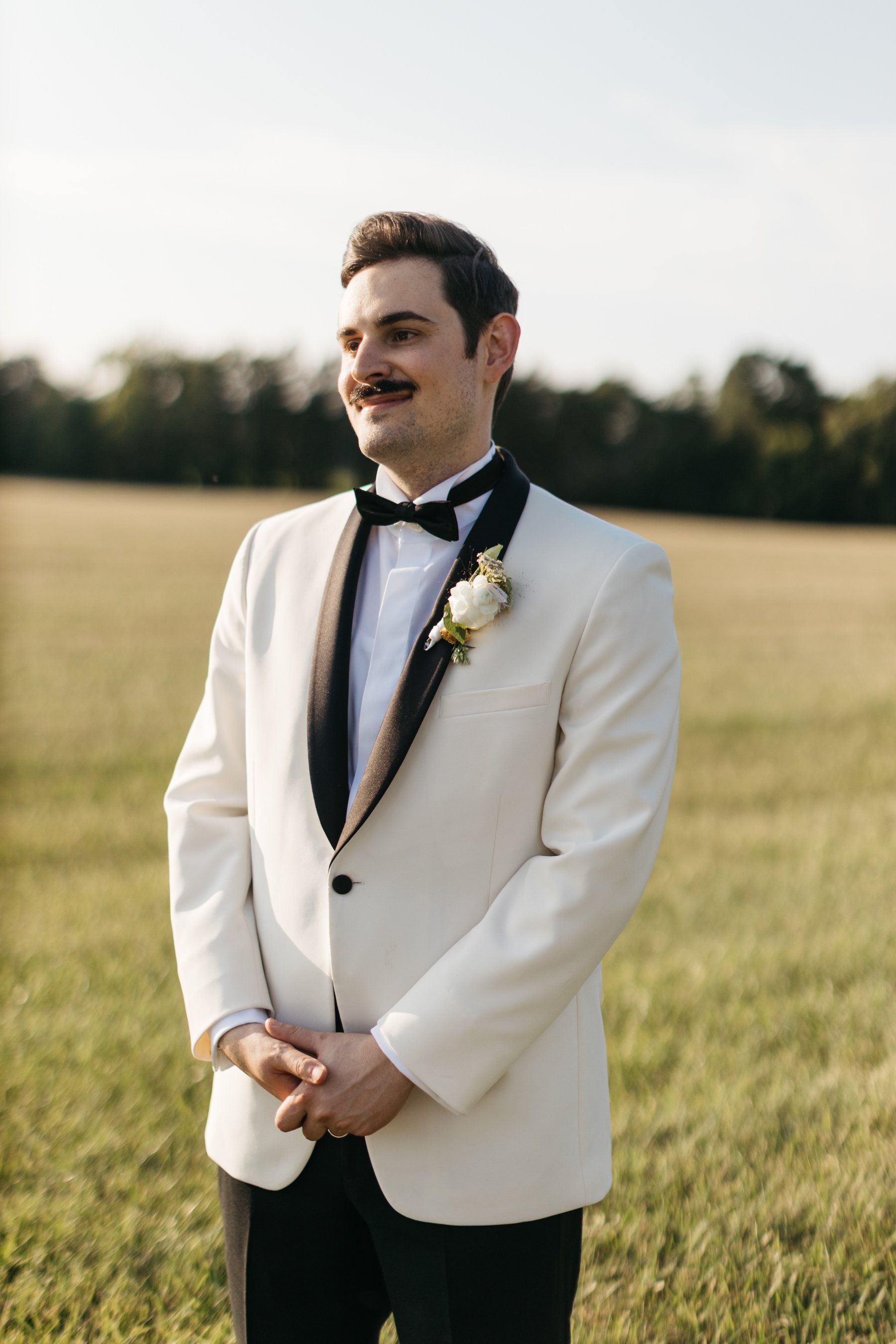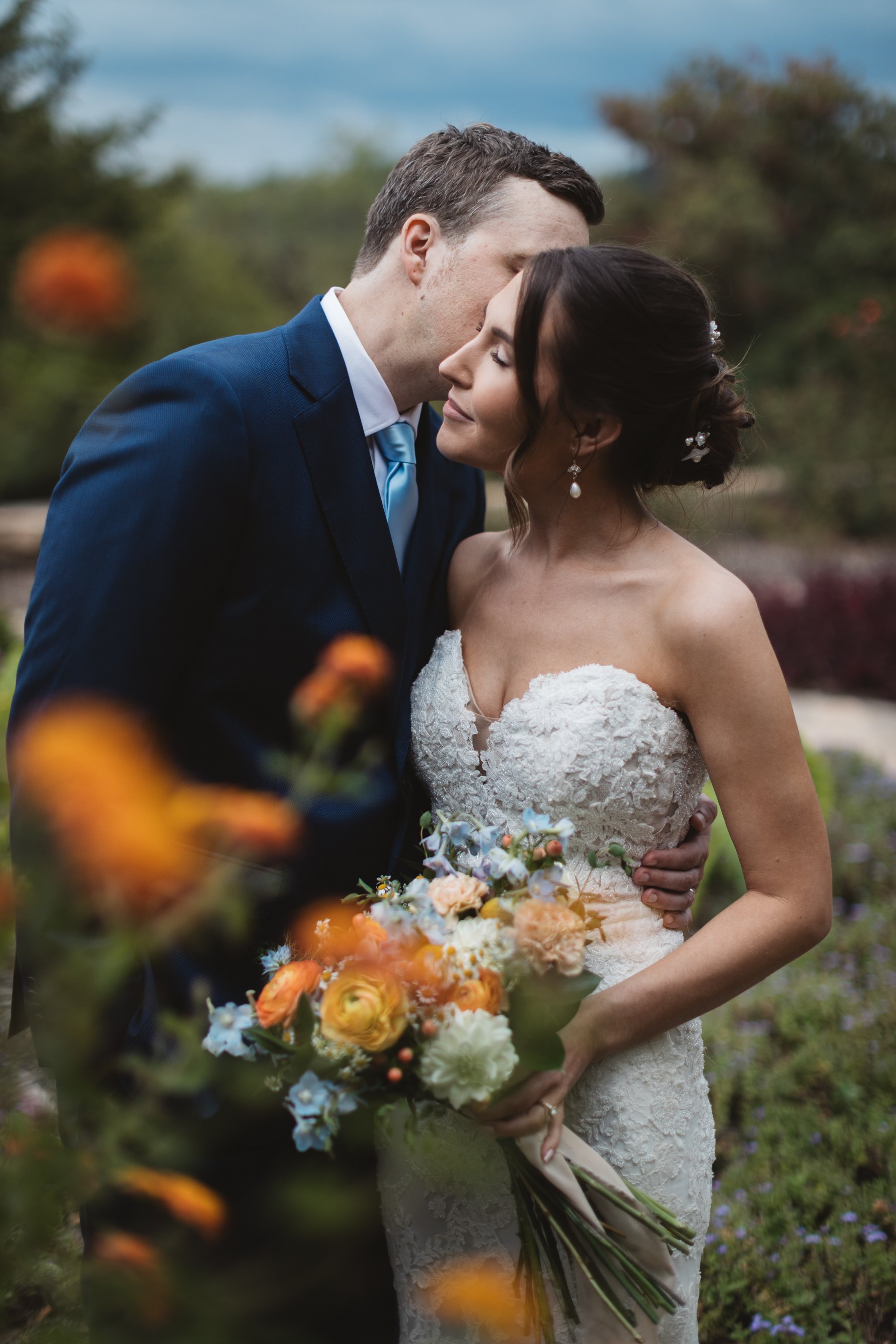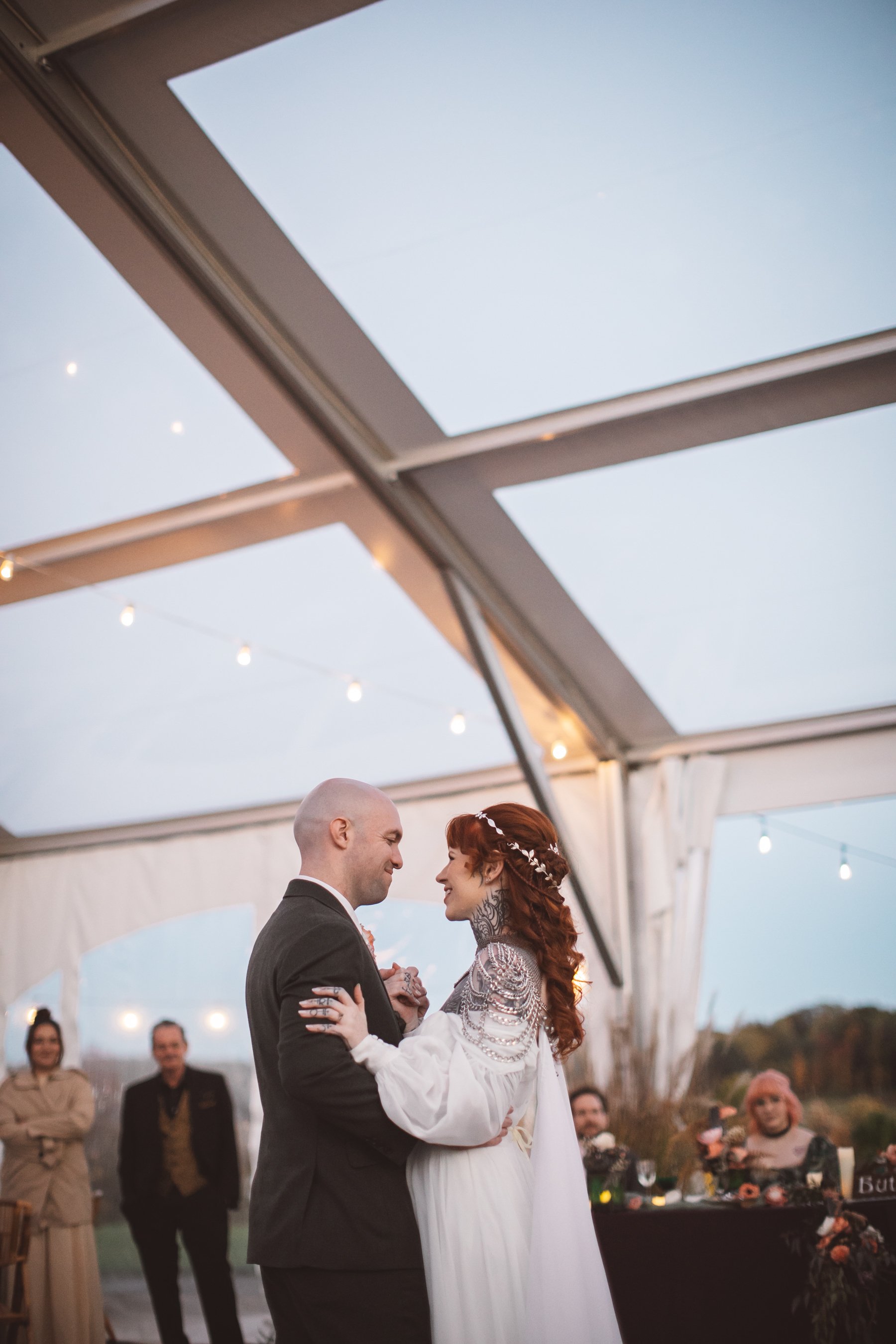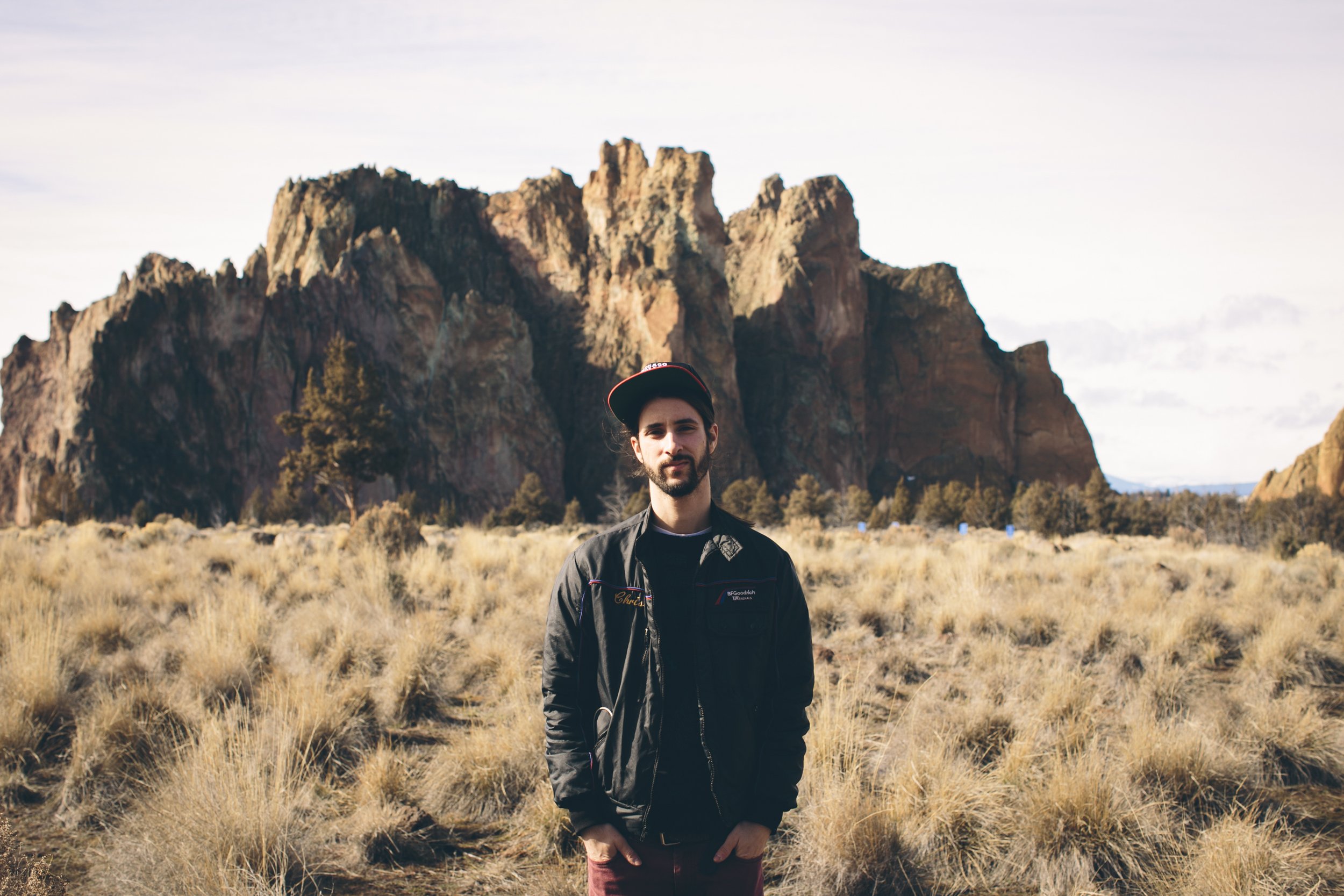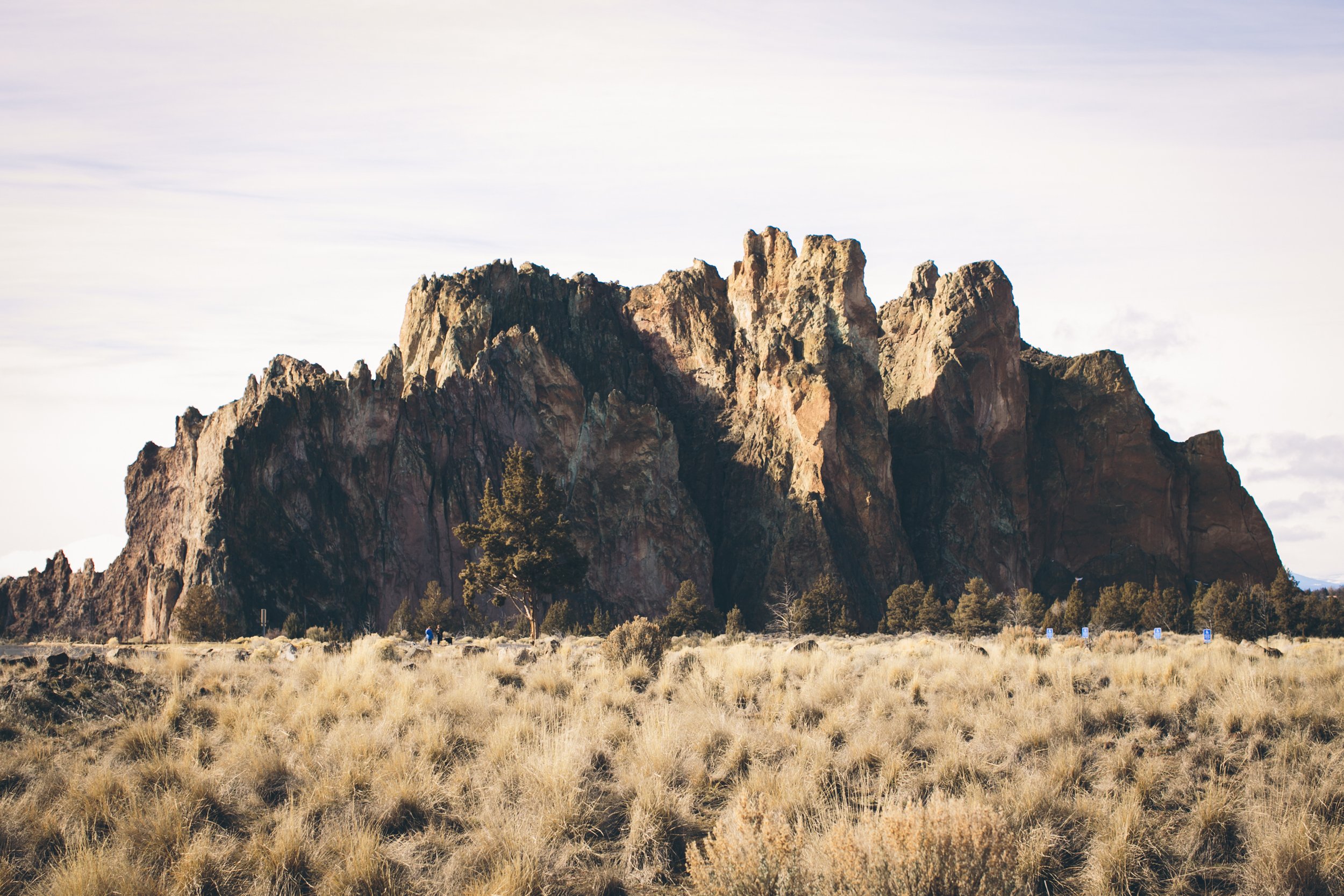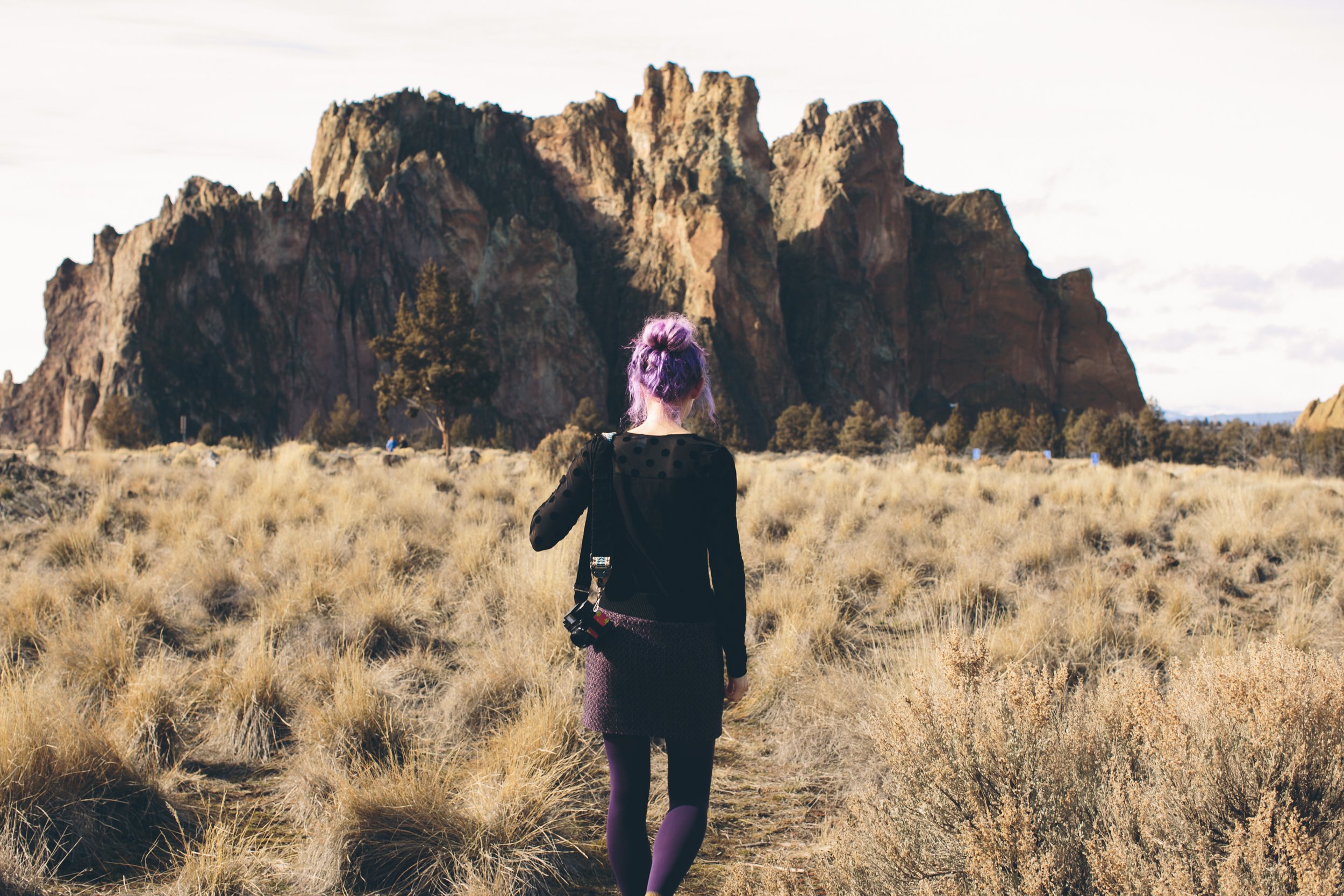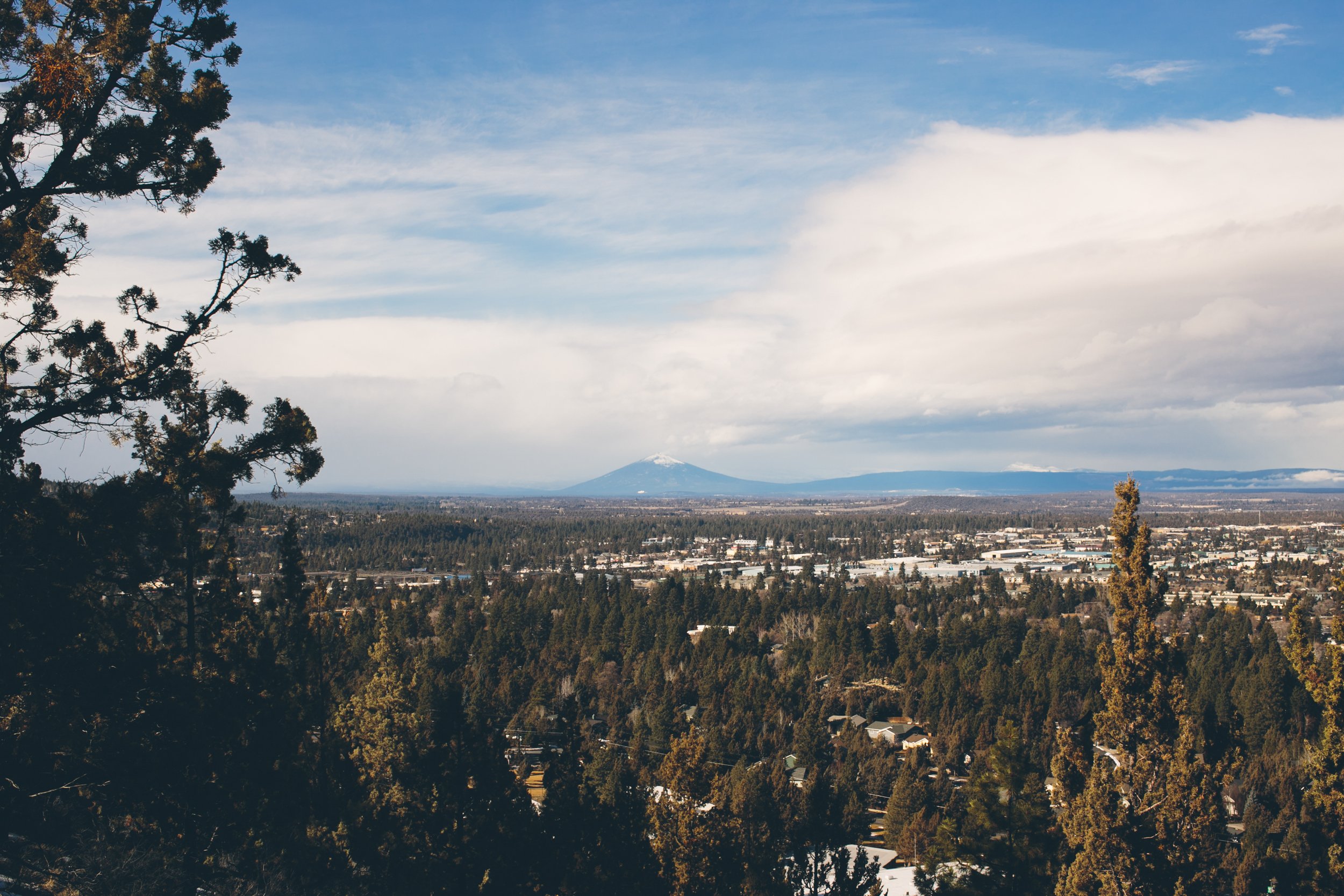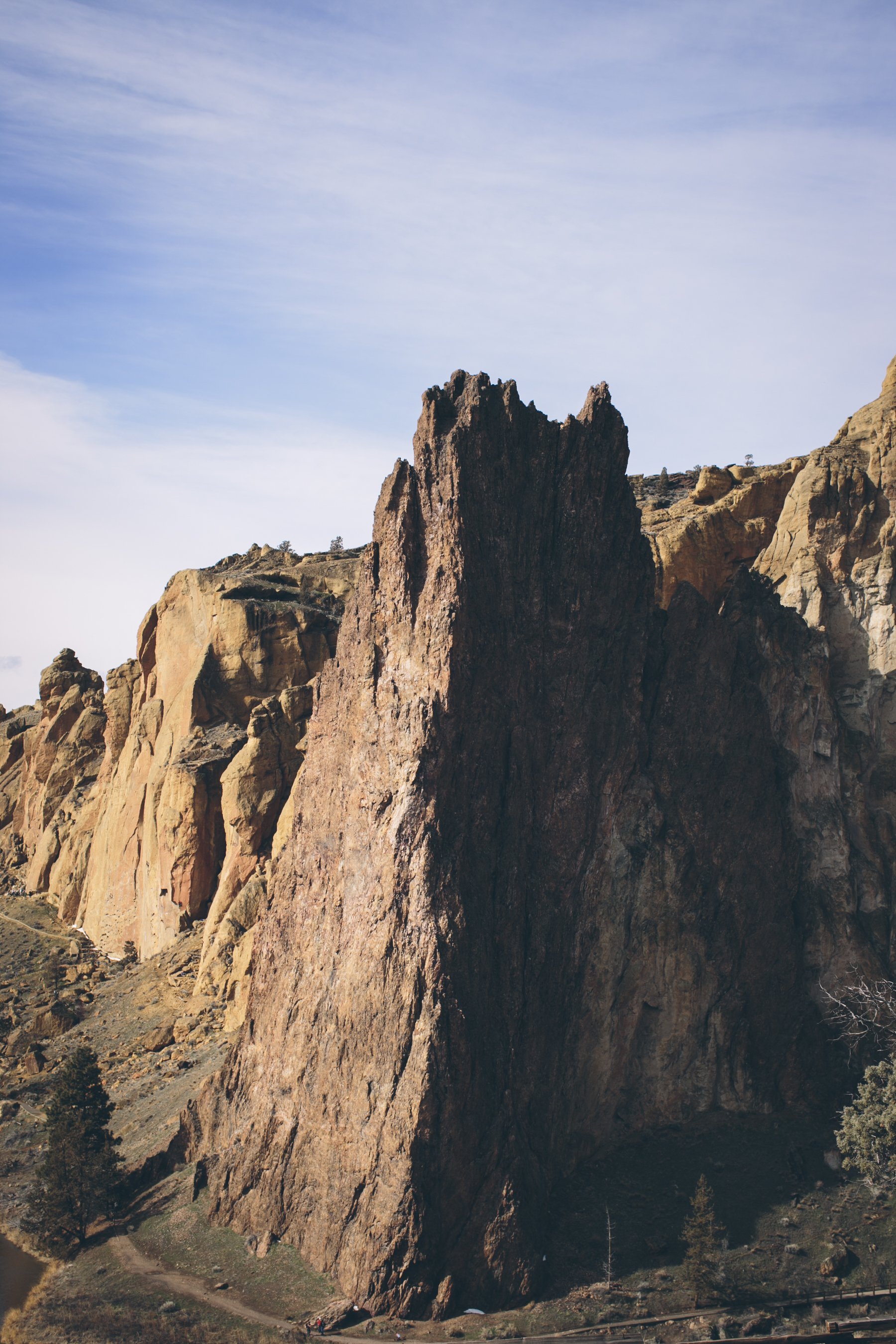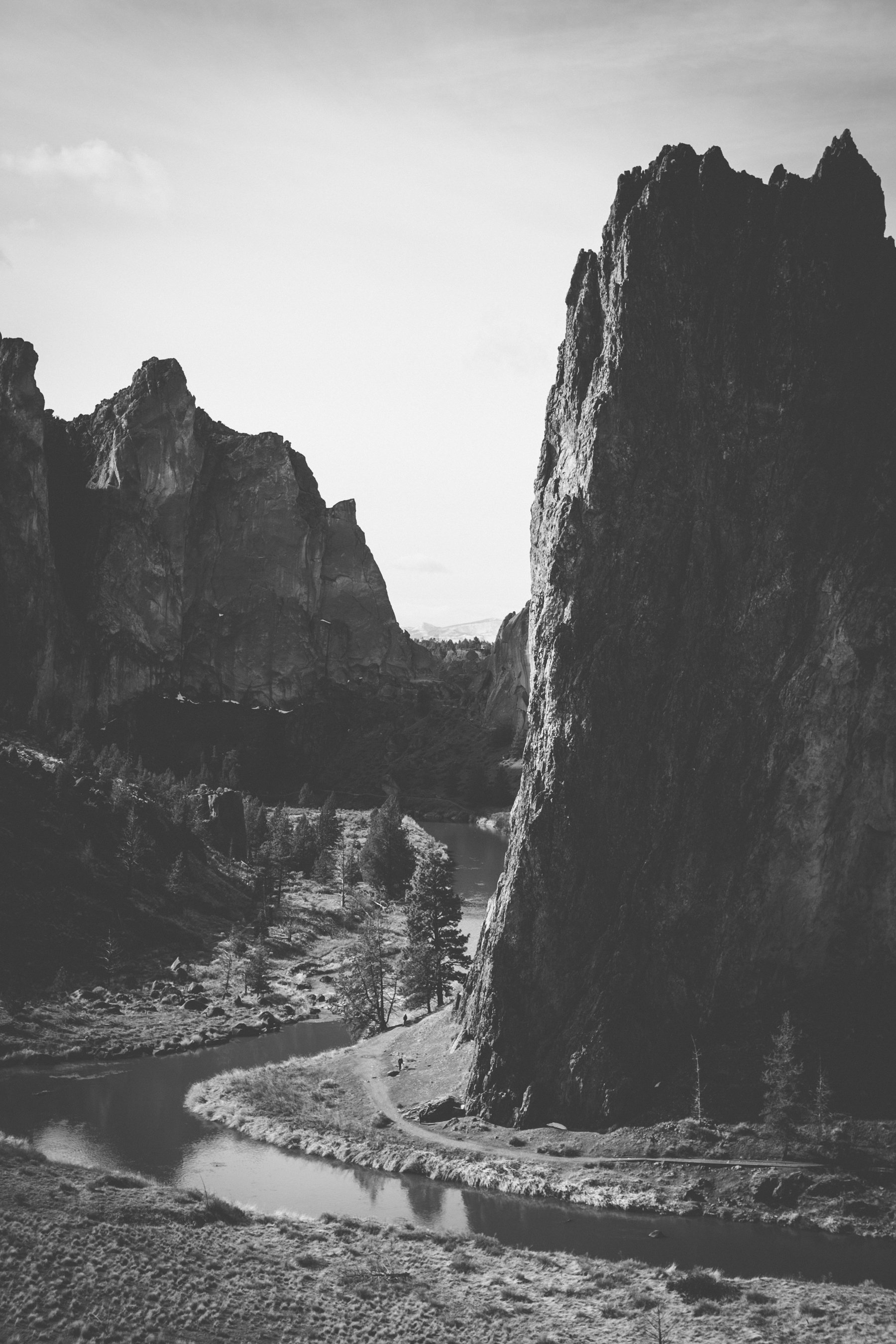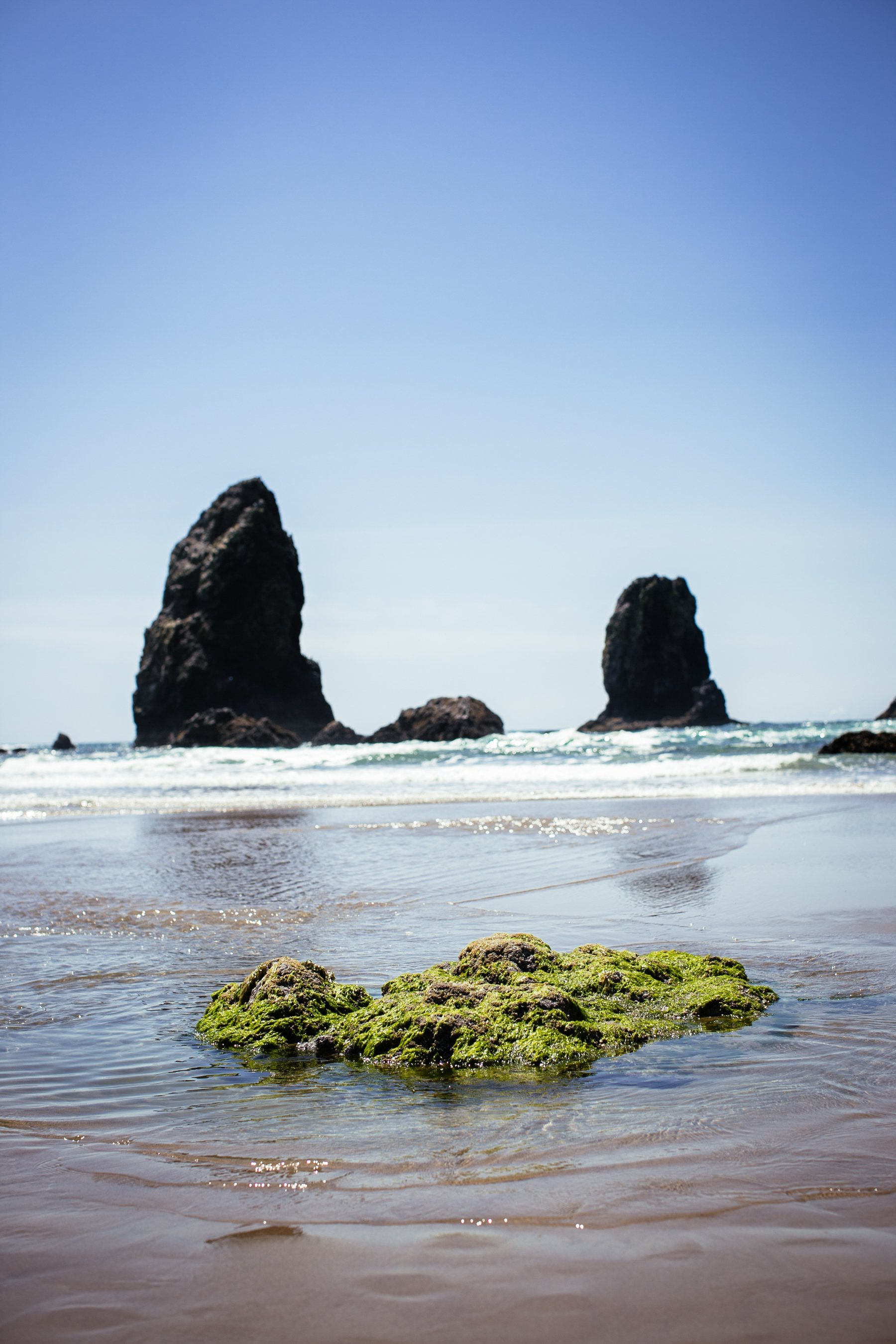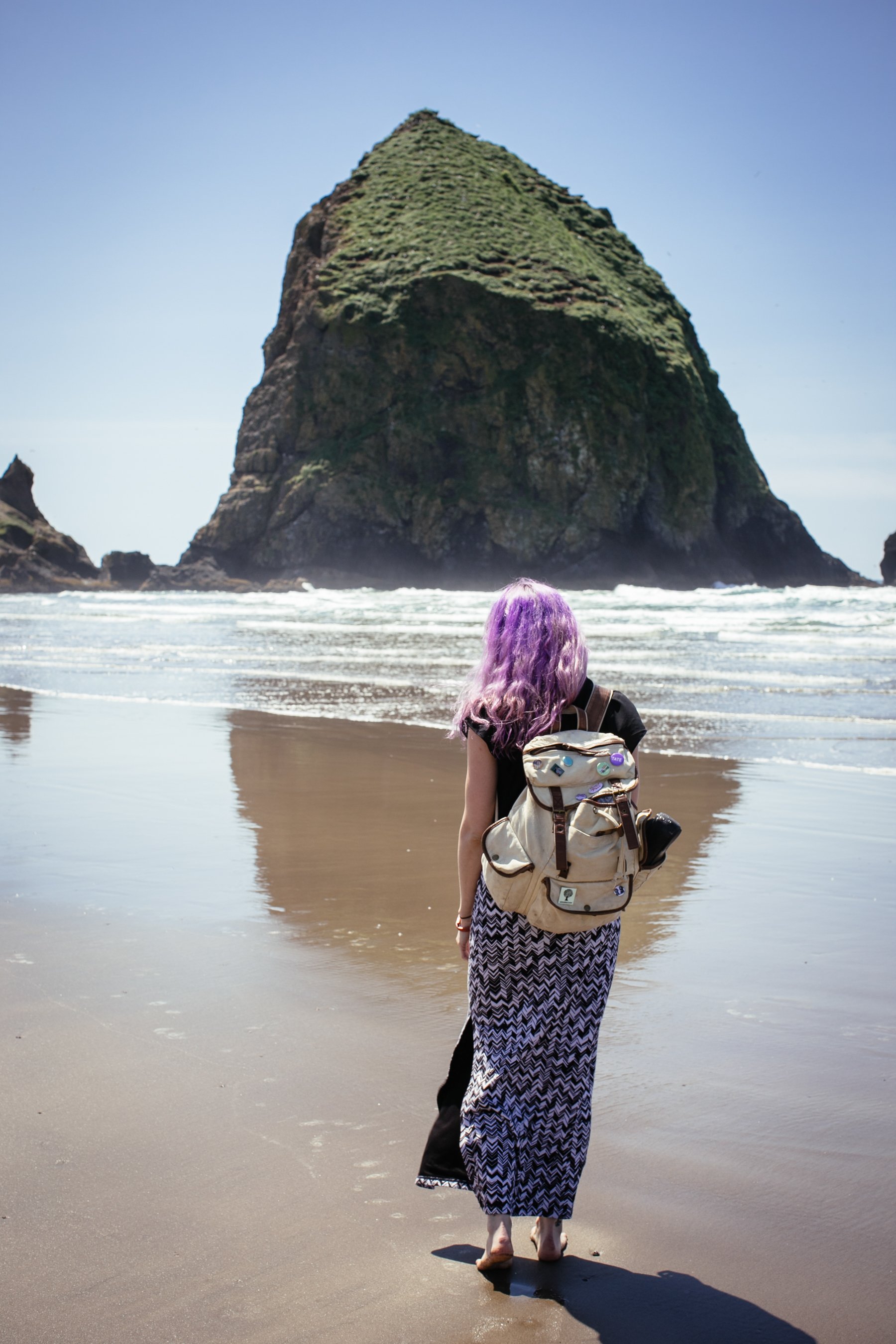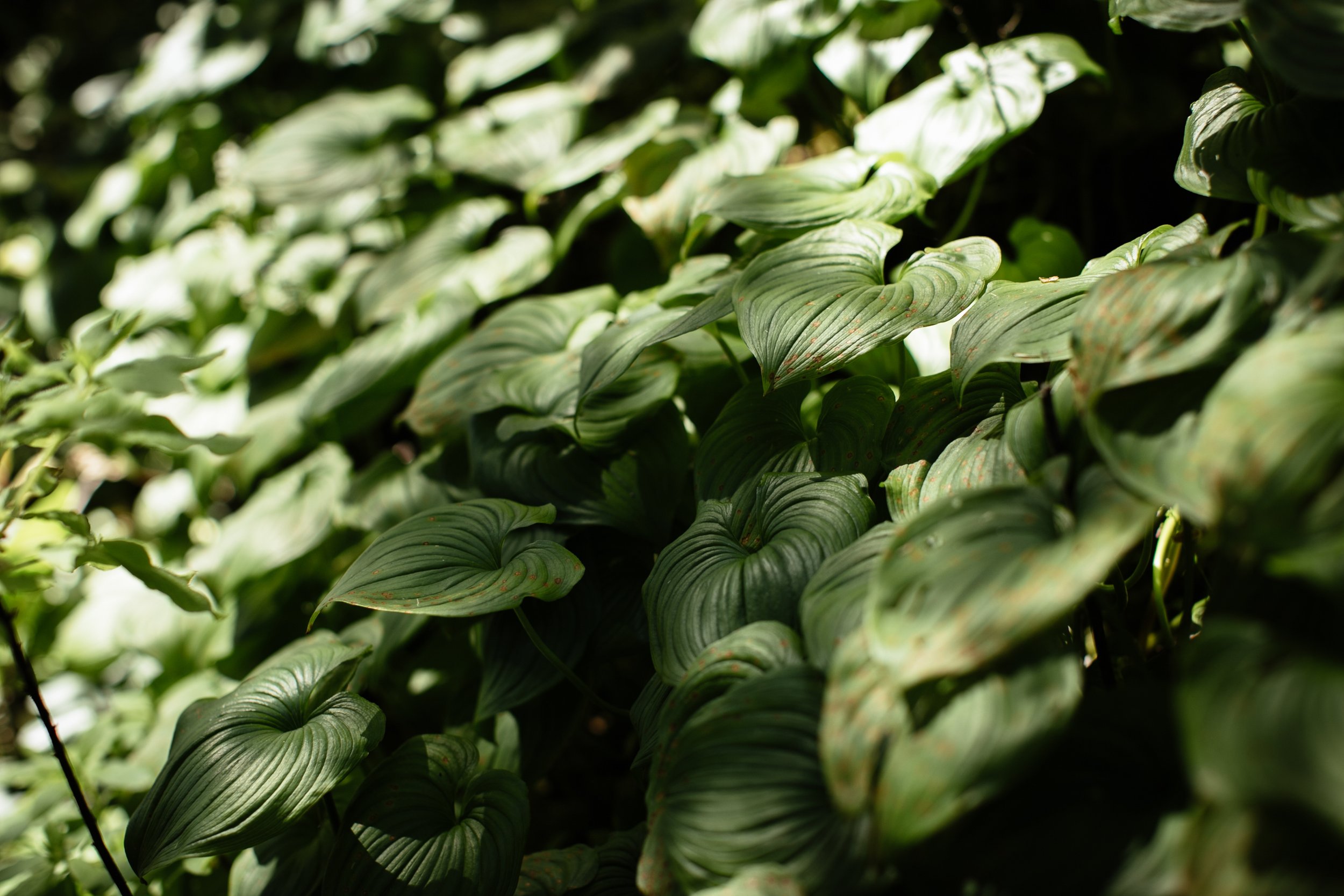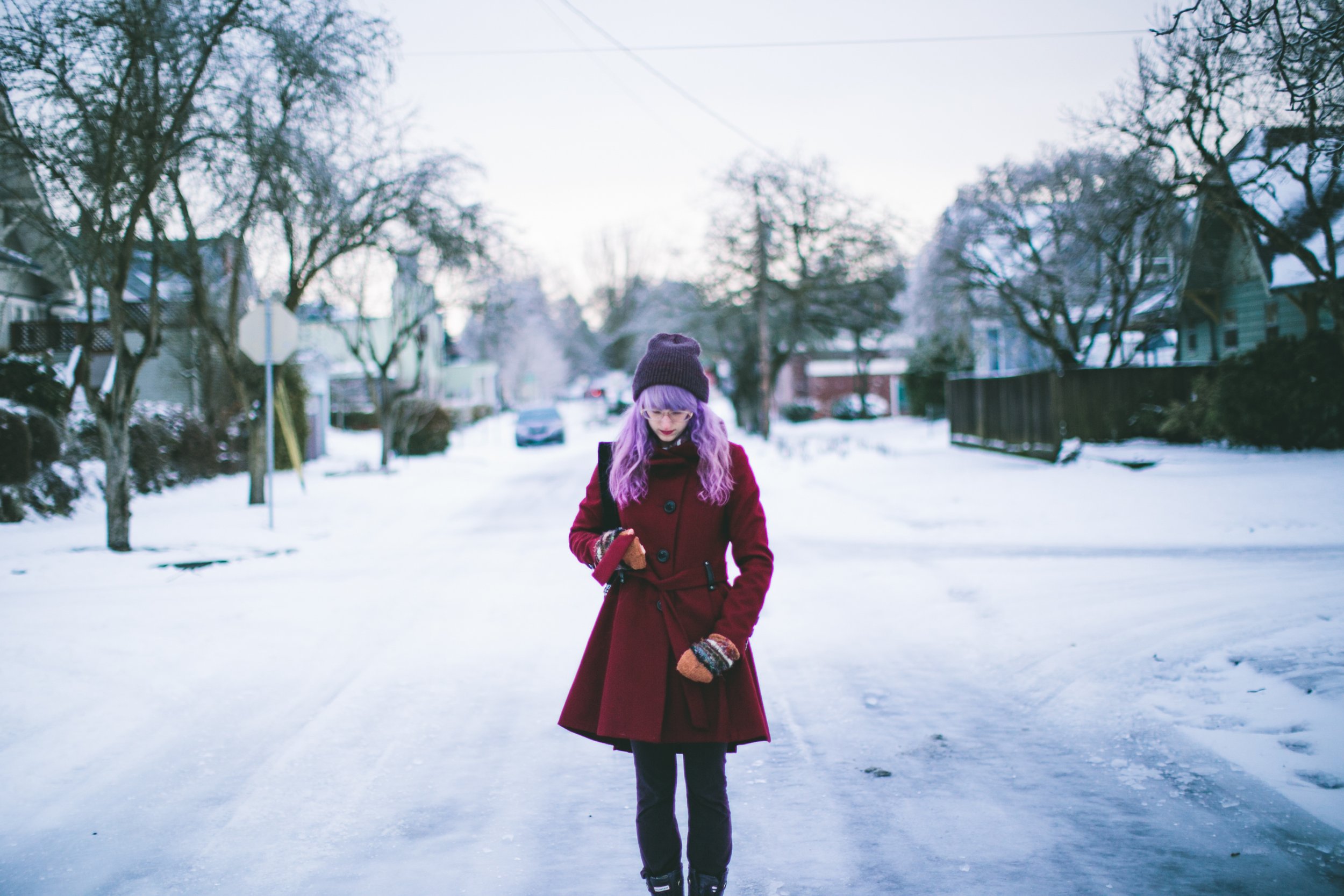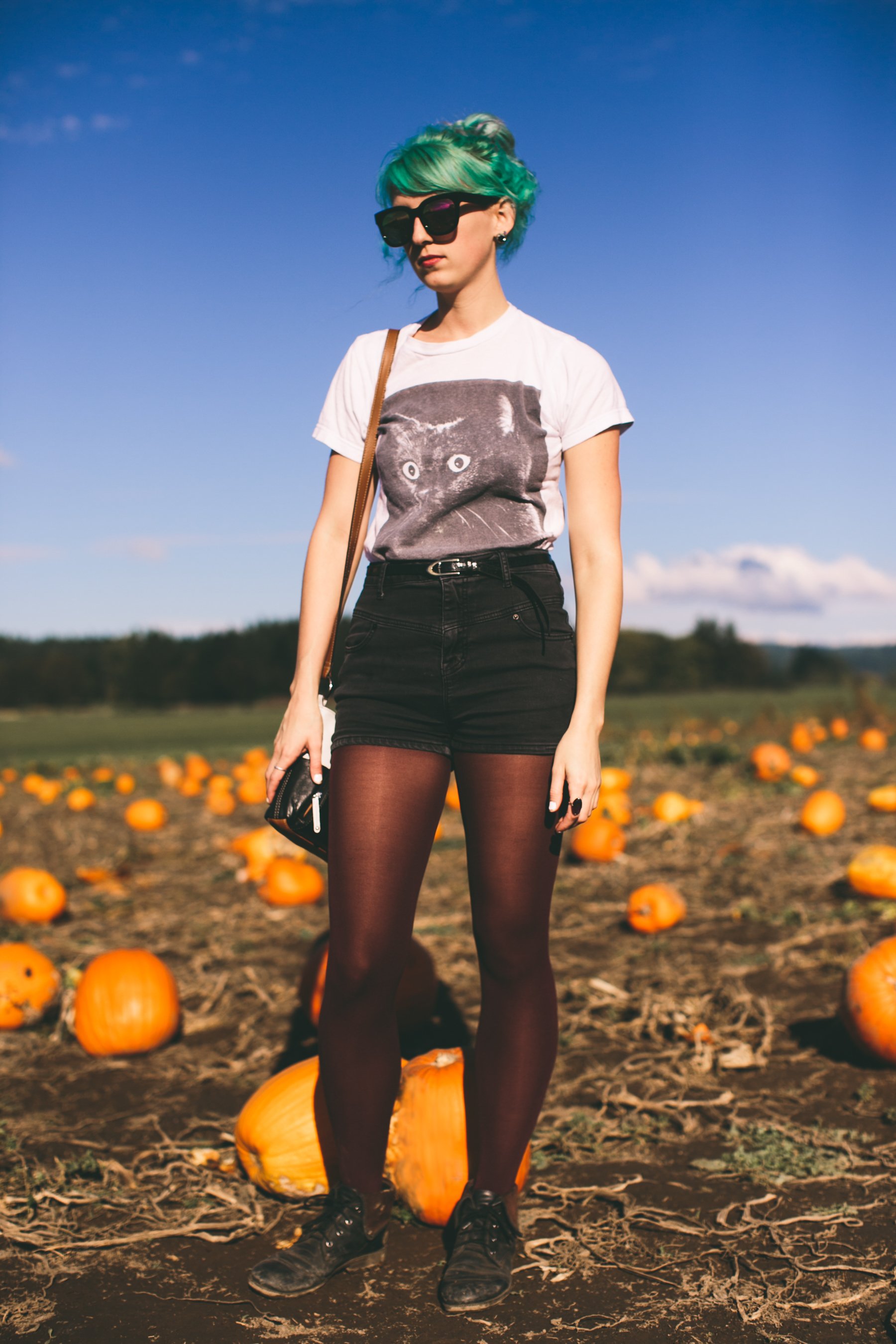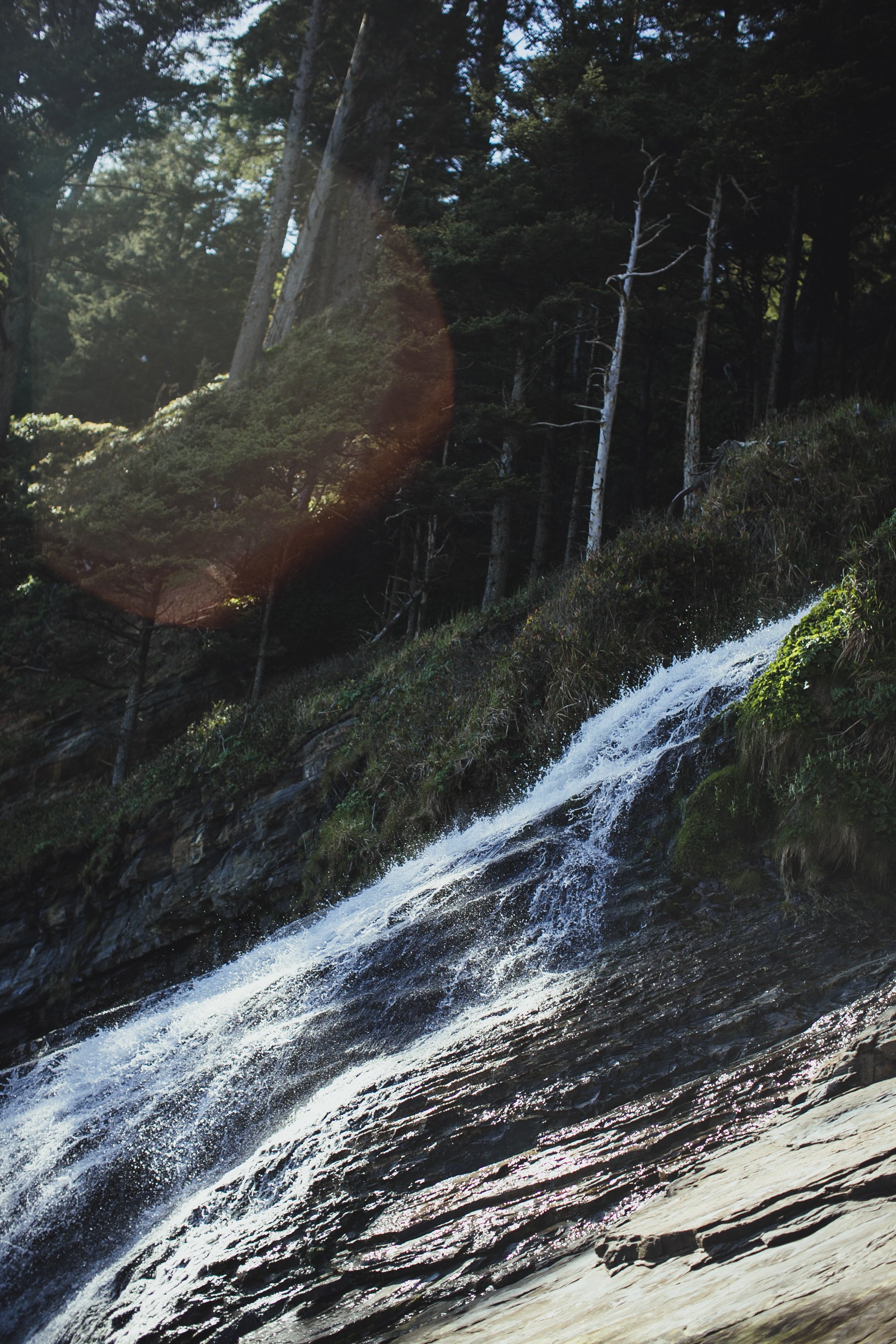When I was planning my 16 day trip to England, where we’d be hiking 102 miles along the Cotswold Way National Trail, I knew I needed to choose my cameras very carefully. Not only would I be carrying them the entire time, but I was also potentially encountering various types of weather and lighting. I have a tendency to bring at least 6 cameras with my on my international trips, but I wanted this specific trip to challenge me to downsize. And let me tell you, it was difficult. Of course, I knew I was going to bring my Holga 120 GCFN as my medium format camera and my Canon G7X Mark II as my point and shoot digital camera, but I was having a hard time finding the ultimate 35 mm camera for this sort of adventure. That is, until I found the Ricoh 500GX.
THE STORY BEHIND MY SEARCH
I spent days researching 35 mm cameras. I made spreadsheets. I used Chat GPT like it was my job. When I’m looking for a new camera, there are always a few features I absolutely cannot live without. If you’ve been following me for a while, you know that I’m obsessed with multiple exposures. Searching for 35 mm film cameras that easily can create multiple exposures isn’t an easy task. For most people, that feature isn’t a deal breaker. But for me, on a 102 mile hike, it was absolutely a deal breaker. The other feature that was necessary for this trip was a super lightweight and small body. I didn’t want to weigh myself down and make the hike any harder than it had to be. I considered taking my Nikon FE2, one of my favorite vintage 35 mm cameras (you can read more about it on my blog here), but it was a bit too bulky to fit in my tiny camera bag I had purchased for this trip. I had also already decided which point and shoot 35 mm camera I was going to take (don’t worry, I have a full blog post coming about that camera too!) but I wanted to bring along a second 35 mm camera that was higher quality with sharper images and a better lens.
I was also working with a very specific budget. I was hoping to stay within the $200-300 range. There were plenty of cameras out there closer to $500 or $1000 that I would have loved to buy, but I’d already spent way too much money on gear for the hike. (P.S. I have a full YouTube series and downloadable PDF all about our hike, if you’re interested!)
I almost pulled the trigger on the Rollei QZ 35T but when I realized that the camera body wasn’t super durable and would not fare well in a rainstorm, it became too risky to spend that much money on a camera for this particular trip.
Typically, I prefer an aperture priority setting on my cameras. However, when I stumbled upon the Ricoh 500GX, it seemed to cover all of the topics I mentioned above, but it had a shutter priority setting instead. Not ideal, but still a partially automatic setting that would allow me to take photos quickly and easily. We had a lot of miles to cover every day, so I couldn’t spend the entire time fiddling with manual settings for every photo. The Ricoh 500GX was also super tiny and was known for it’s durable metal body. The original version of this camera (which also tends to be easier to find) doesn’t have a multiple exposure feature, but the Ricoh 500GX has a designated multiple exposure lever on the front of the camera. It’s also known for it’s sharp Rikenon 40 mm f/2.8 lens. The lens is built-in and non-detachable, which also helps to keep the camera small and compact.
HISTORY
The Ricoh 500GX was released around 1977 in Japan (somehow I always end up choosing Japanese cameras!) and was sold throughout the 1980s. It’s considered a compact 35 mm rangefinder camera and was one of the last styles in the 500-series line that was produced. The Ricoh brand wasn’t quite as popular as some of the bigger brands, which allowed it’s price point to stay relatively low. But that’s precisely why it’s a great camera. You get high quality for a low price.
(By using the affiliate links and/or codes in this blog post it supports Myles Katherine Photography. We may get a small kick back by you doing so.)
WHY THE RICOH 500GX IS SPECIAL
Not only is it good value for the price, it also offers a few smaller features that most 35 mm cameras didn’t offer at the time. Some of these might seem like minor conveniences, but they truly make a difference. The Ricoh 500GX has a battery check light, a shutter lock (to help prevent the shutter from firing accidentally), a bulb setting for long exposures, a tripod mount, a film-loading indicator, a shutter indicator, and a “coupled” rangefinder focusing system. A coupled rangefinder allows for more precise focusing because the focus ring is mechanically linked to the actual rangefinder system. It can take some patience to get used to manual focus, particularly when it comes to a rangefinder, but this is a great camera to learn manual focus and get comfortable with it. Just as an FYI, the 500GX takes a PX675 mercury battery that is not made anymore. You do not need a battery to use the camera, but it will make the light meter work. The shutter priority setting does not fully function either without a battery, though I seemed to manage just fine in the Cotswolds without a battery in the camera. A modern replacement of the PX675 battery would be a PR44 battery.
All of these features are on top of the shutter priority, compact and durable metal body, sharp f/2.8 lens, and the multiple exposure lever that comes with the 500GX model. It’s a perfect blend between a point and shoot camera and a larger, more professional SLR camera.
HOW TO CREATE MULTIPLE EXPOSURES
I’m so glad I did a test roll before bringing it with me on my trip, because I quickly discovered that my multiple exposure knob was completely stuck and wasn’t functioning at all. My husband and I spent an entire day trying to loosen it. We tried rubbing alcohol, goo gone, grease, everything. The joys of vintage cameras! I swear, someone must have glued the knob in the closed position. I’m not surprised though, because if you’re not a fan of multiple exposures and the setting annoys you, I can see someone getting sick of it and gluing it shut. In order to use the multiple exposure setting, you have to first twist a small circular lock knob into the green, “open” position. This will free the multiple exposure lever, which you then slide into the direction of the arrow until you feel it stop. This has re-cocked the shutter and you can take another photo. Just make sure not to wind the advance lever until you’ve taken your second exposure. In my case, we were able to slowly move the circular knob into the open position (with a LOT of pressure), but it is permanently stuck there. So, essentially, my camera is always primed for the multiple exposure setting. In a fully functioning 500GX, the circular knob would automatically switch back to the red, “closed” position after you’ve taken your second image. I don’t really understand why Ricoh felt the need to make it a two-step process, but I’m just glad that I was able to get mine working!
FINAL THOUGHTS
Looking back on my trip, I don’t think I could have found a more perfect 35 mm camera. While the camera was actually a bit heavier than I’d anticipated, it’s because the body is incredibly sturdy and rugged, ideal for a hike with unpredicatable weather and rugged hillsides. On the flip side, it was much smaller and more compact than I expected, which I absolutely love, of course. I was able to bring 4 cameras with me that somehow magically fit inside my tiny camera bag. I posted a full YouTube video about the various cameras I brought with me. You can watch it on my channel here!
I also just think the camera itself is so beautiful and classic. The black and silver styling, the cute tiny lens, the sharp edges. It’s one of my favorite cameras to look at, that’s for sure. Not to mention, the satisfying click that you get with those vintage 35 mm cameras every time the shutter releases. There’s just nothing like it!
I know with 100% certainty that this camera will be going with me on many more trips. Because it’s so compact, there’s really no excuse for not bringing it with me everywhere! I dropped it into a field of cow manure on our trip and it came out without a scratch! I have a tendency to drop my cameras, so the fact that it is such a sturdy little thing is a major plus for me. And while I’m not as comfortable with shutter priority as I am with aperture priority, I got used to it quickly and I was able to get the images I wanted with some thoughtful planning. I could rave about this camera all day because it really is amazing for the price. I truly think this one flies under the radar so make sure to snatch one up as soon as possible! I’ve included tons of sample photos below from our trip so make sure to browse through to help you decide if this camera is for you!
WHERE TO FIND THE RICOH 500GX OR RICOH 500G
RICOH 500GX
RICOH 500G & 500 (no multiple exposure option, but easier to find)
RECOMMENDED FILM STOCK
Kodak Portra 400 35 mm
Kodak Portra 160 35 mm
Kodak Gold 200
Lomography Color Negative 400
Ilford HP5 Black and White
You can read more about my favorite color 35 mm film stocks here or my favorite black and white film stocks here!
If you found this post helpful or inspiring, I’d love it if you considered signing up for my Patreon! For as little as $1 a month, you’ll get early access to all of my YouTube videos, plus tons of photos that I don’t post anywhere else. Depending on which tier you choose, you could also receive seasonal prints and/or discounts! I always use all of the proceeds towards cameras, film & processing.
If you have any questions, I’m always happy to help! You can contact me here, or leave a comment below! Thanks so much for stopping by! You can also check out my B&H Photo storefront & Amazon Storefront for more camera/film recommendations. :) Have a magical day!
<3 Myles Katherine
(By using the affiliate links and/or codes in this blog post it supports Myles Katherine Photography. We may get a small kick back by you doing so.)

